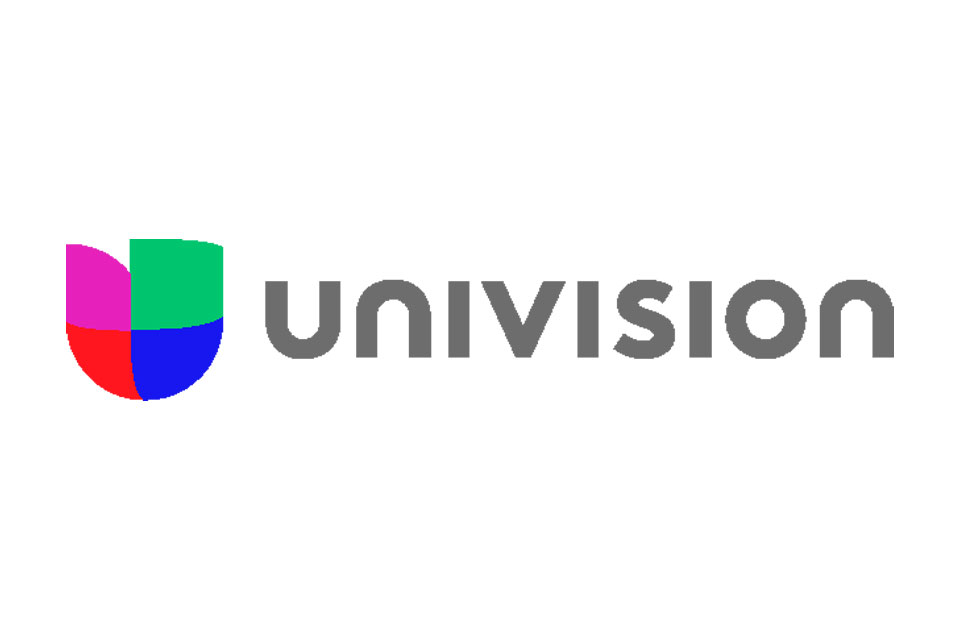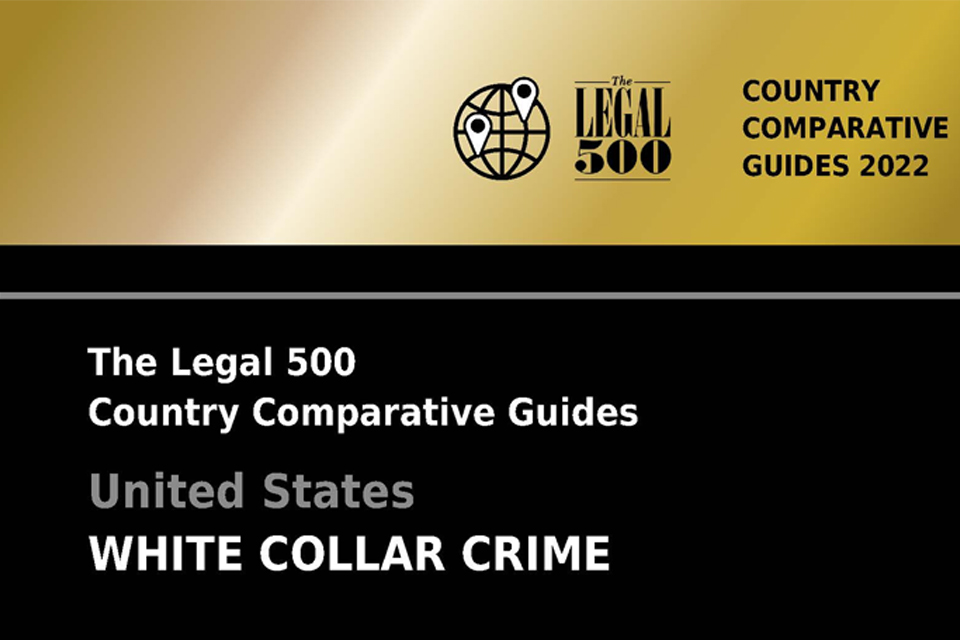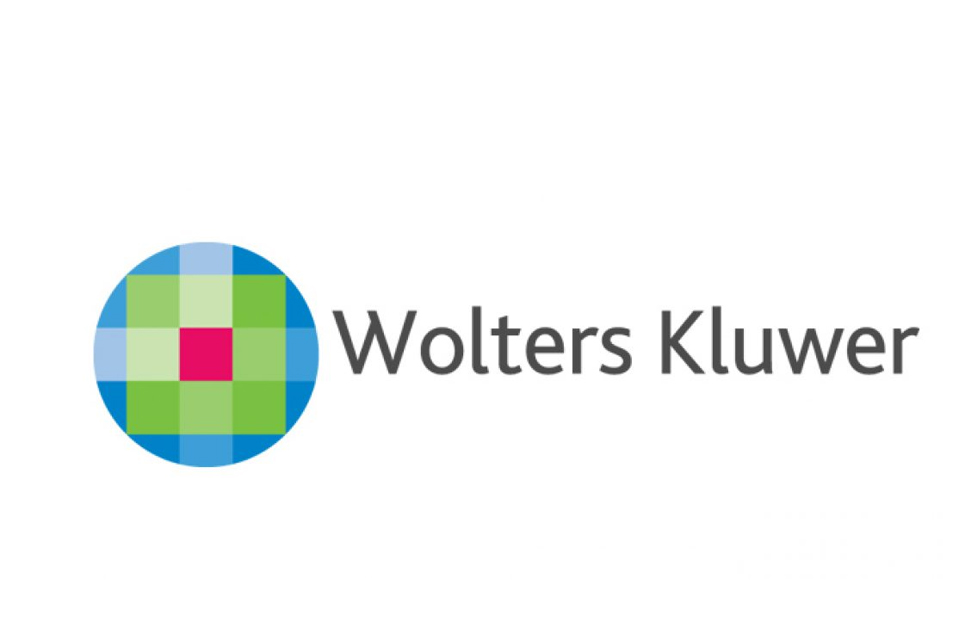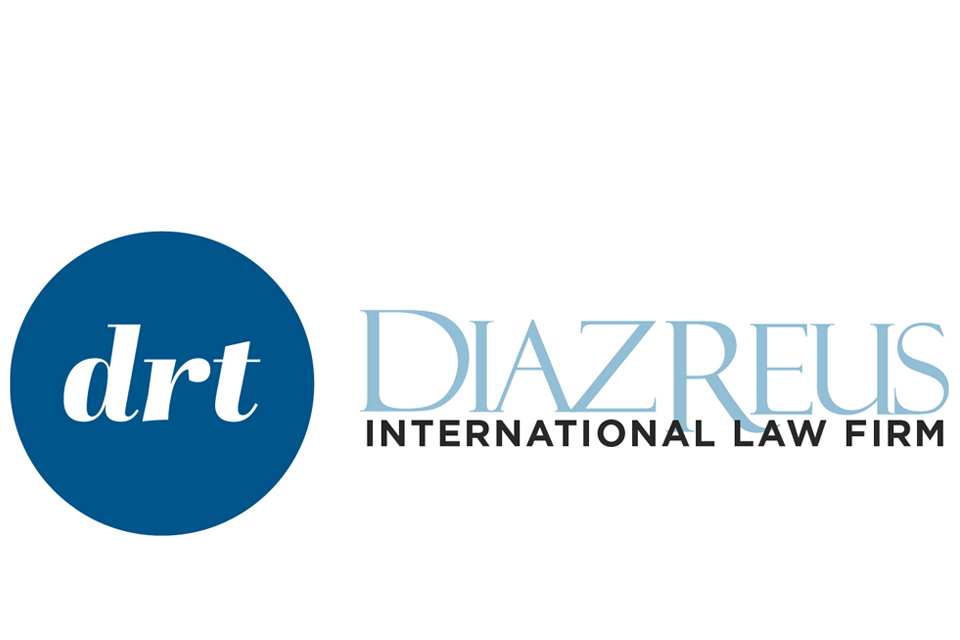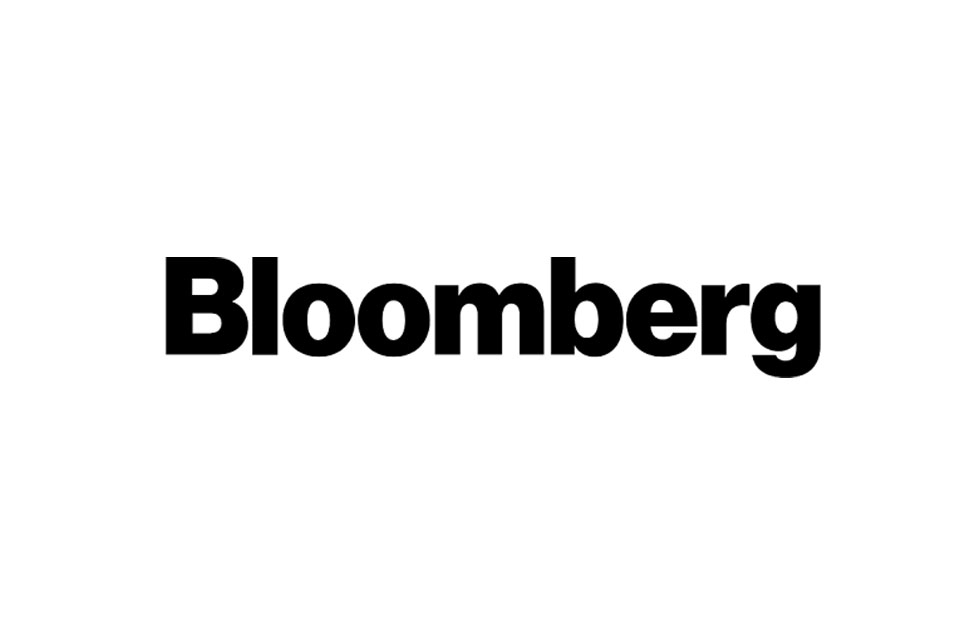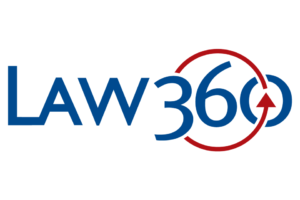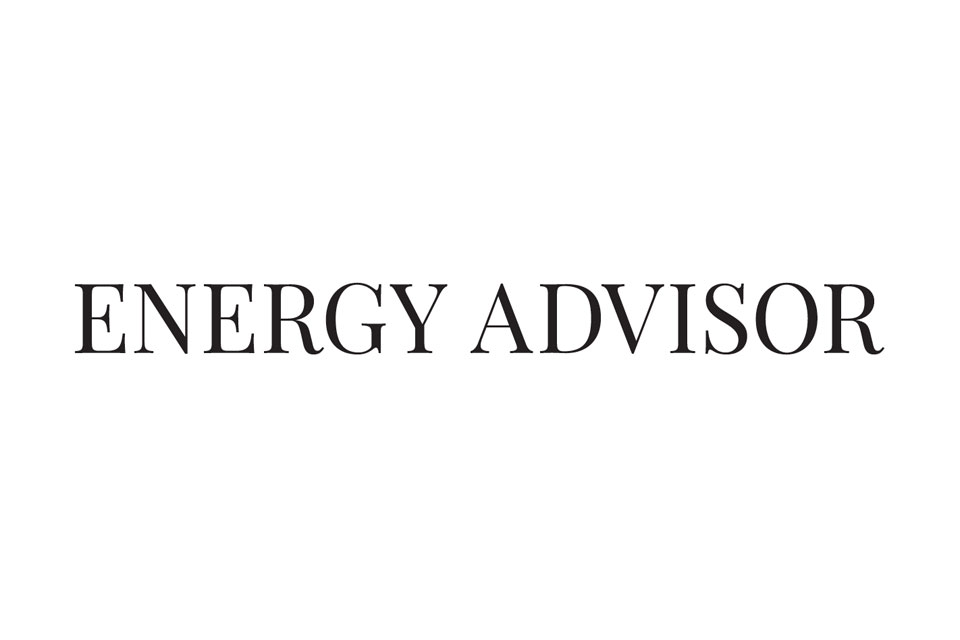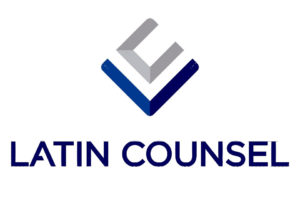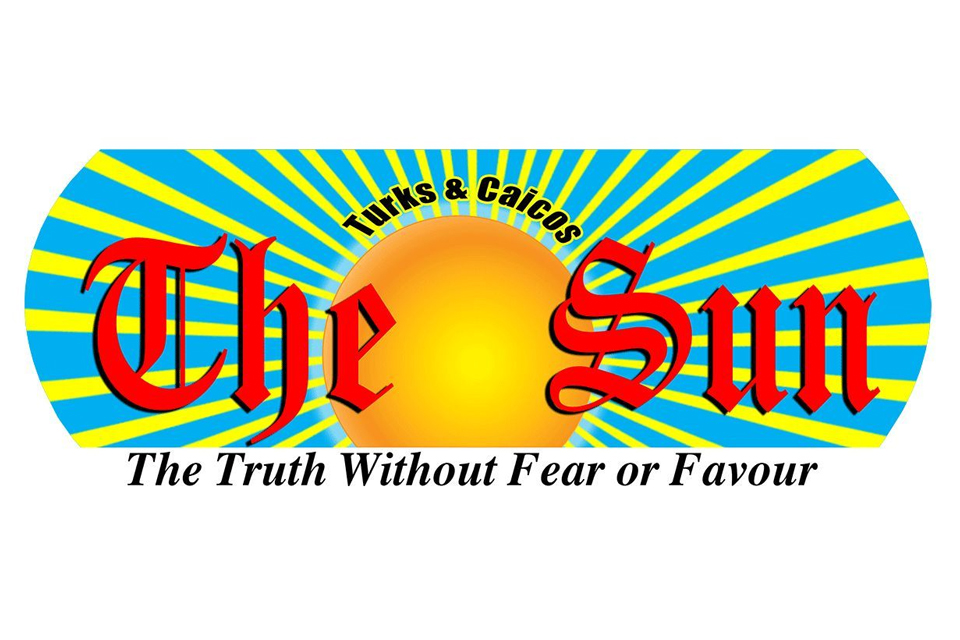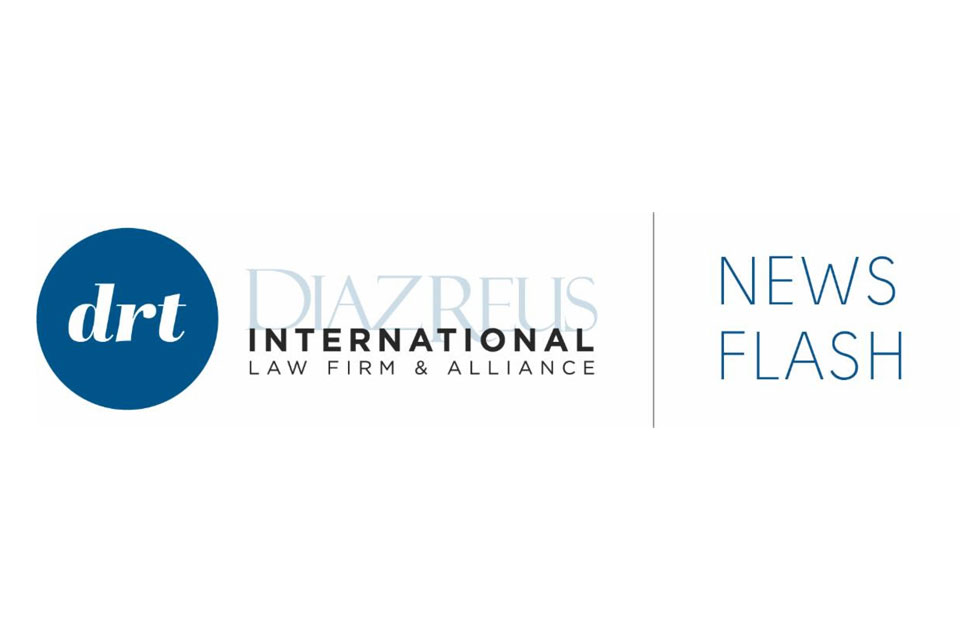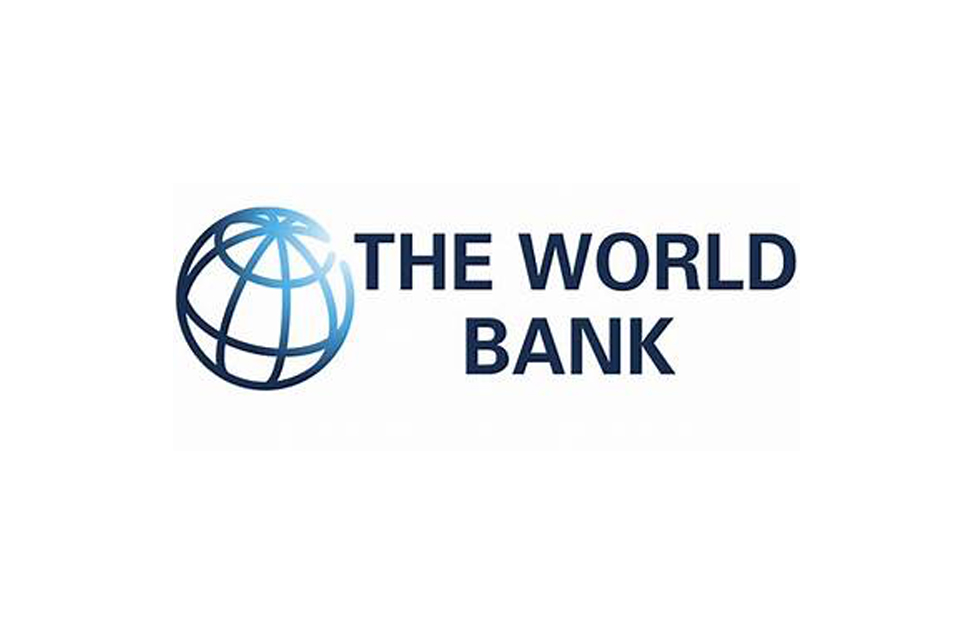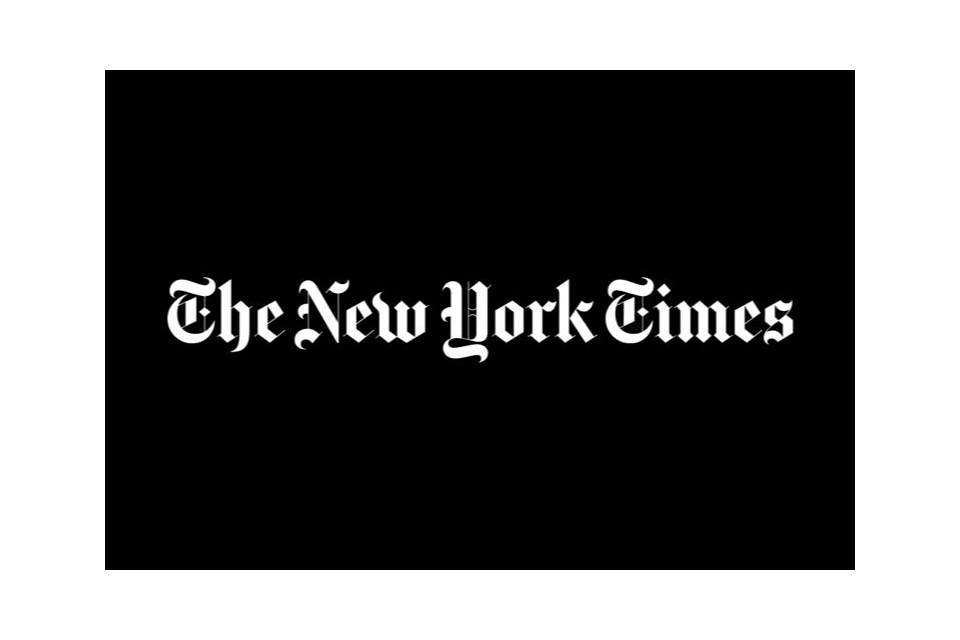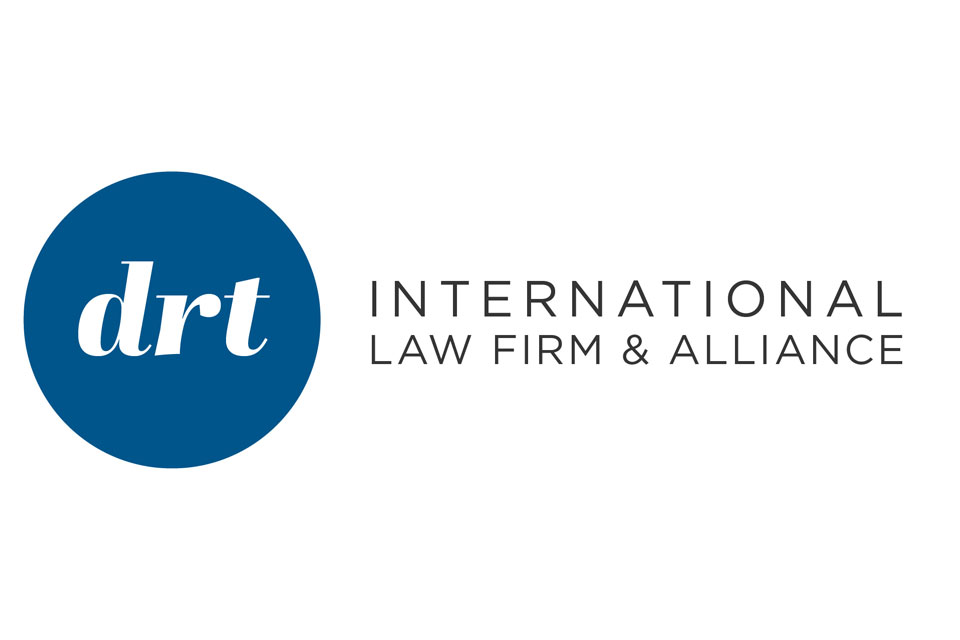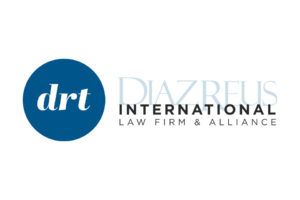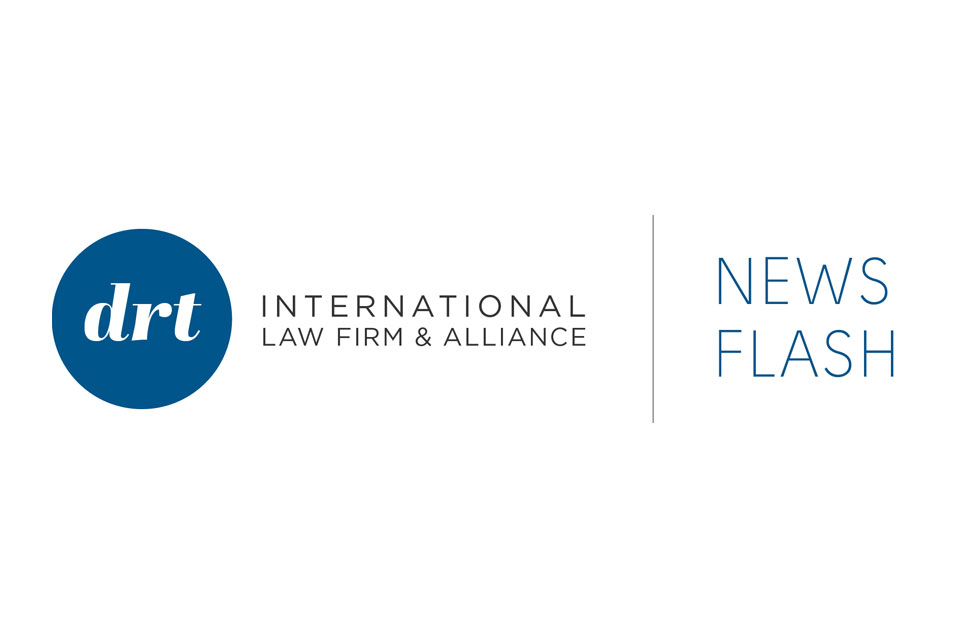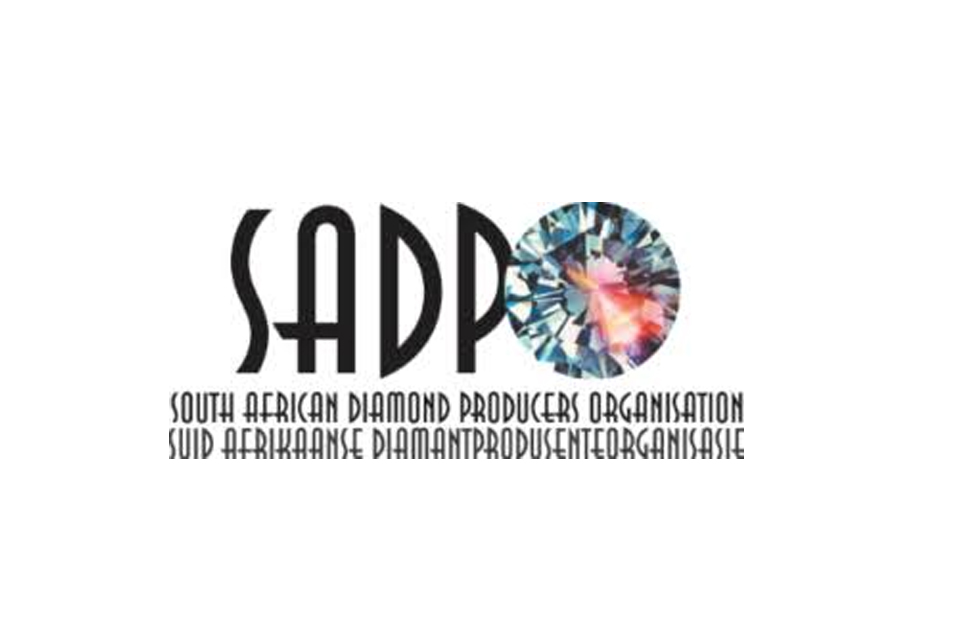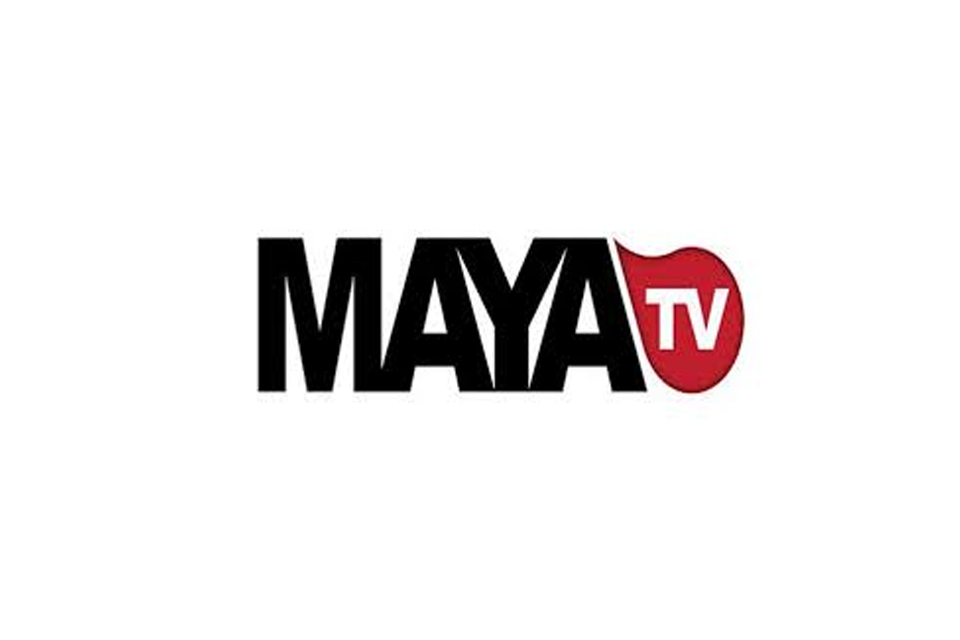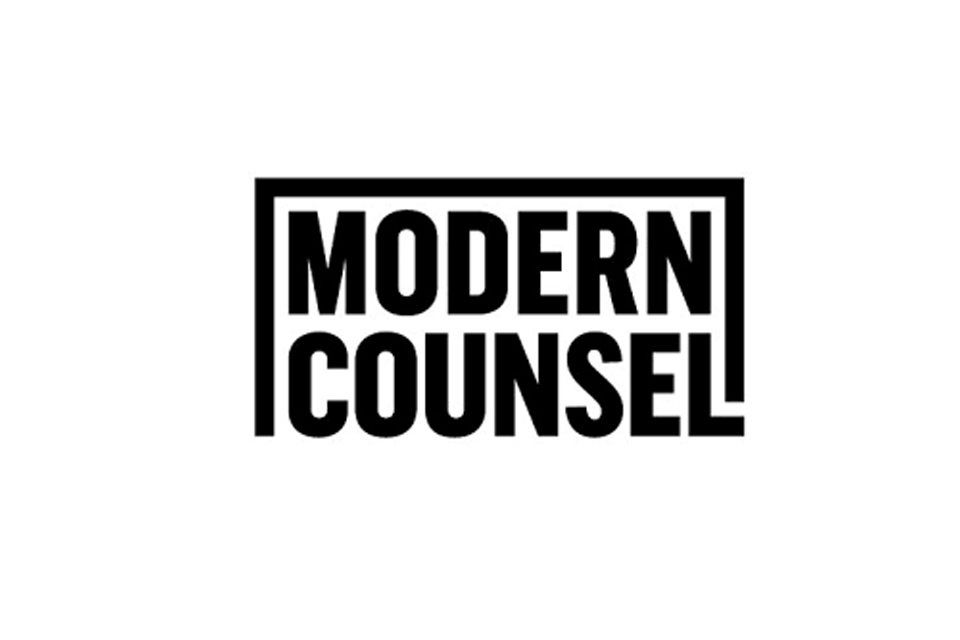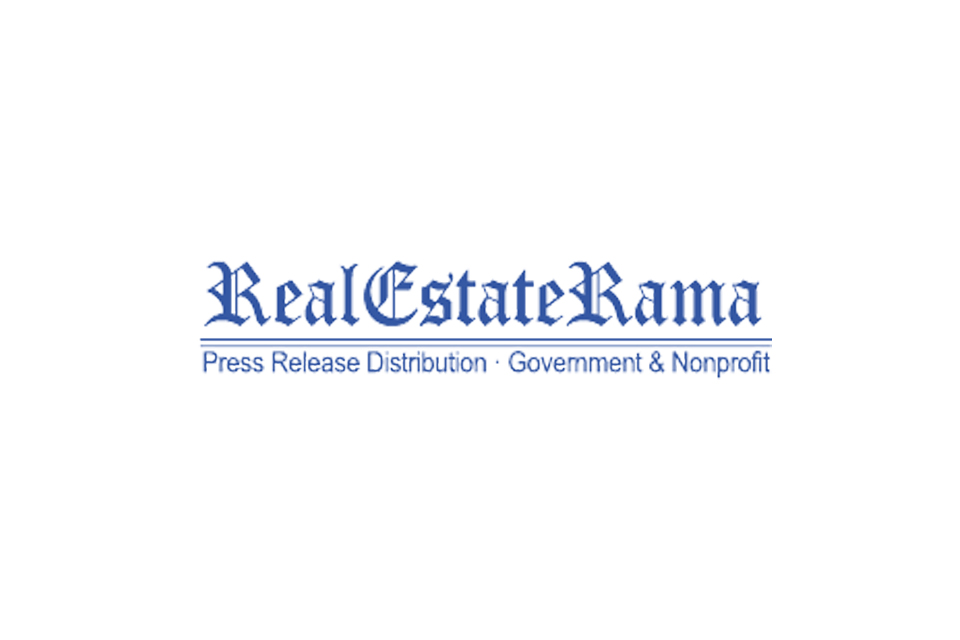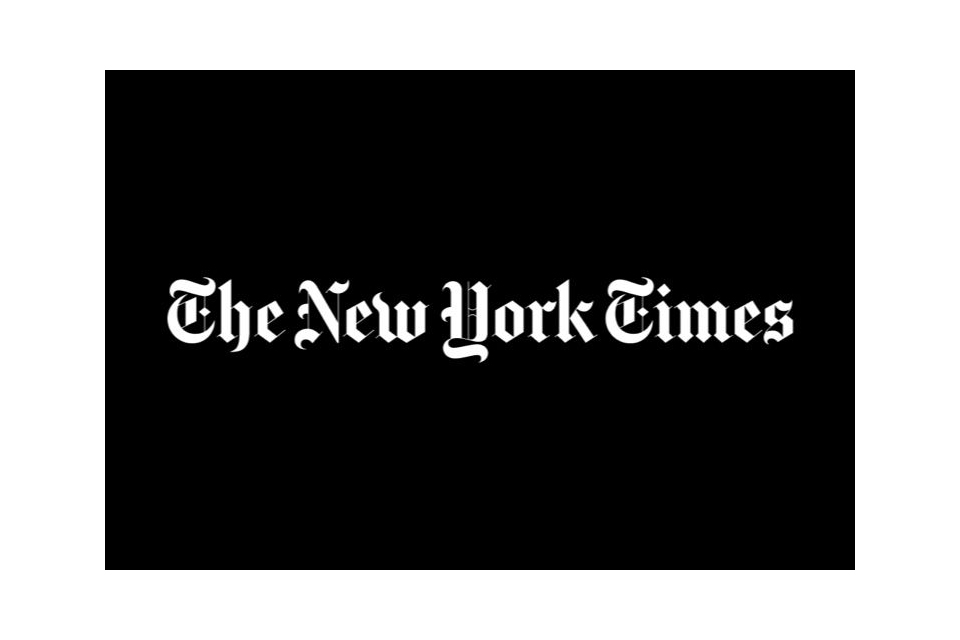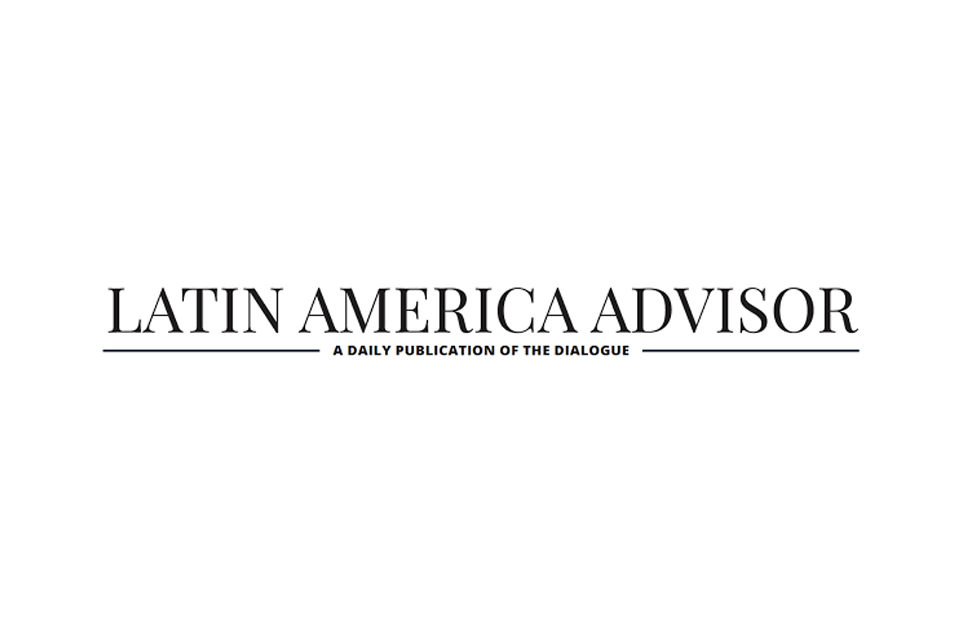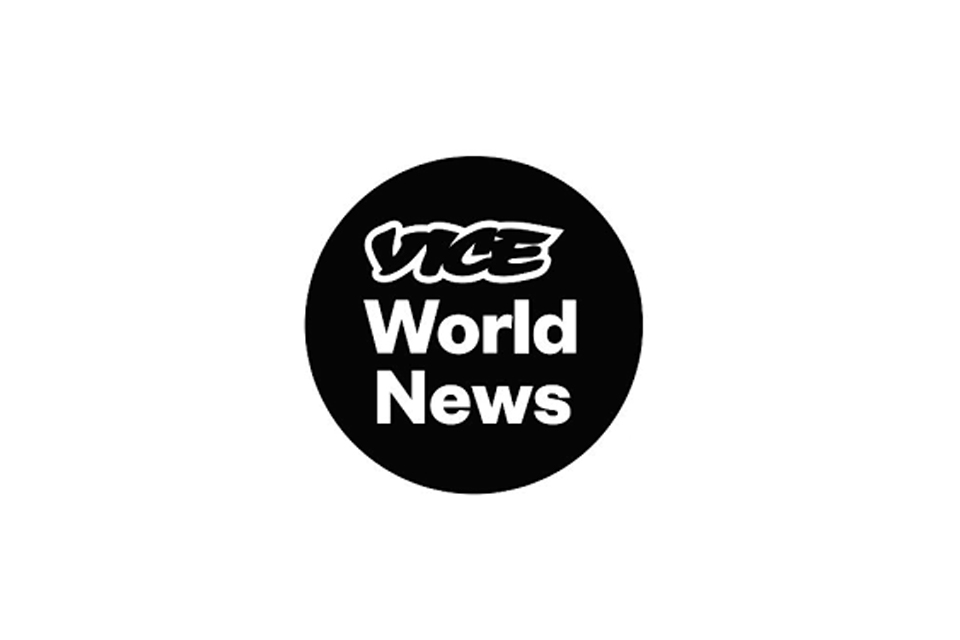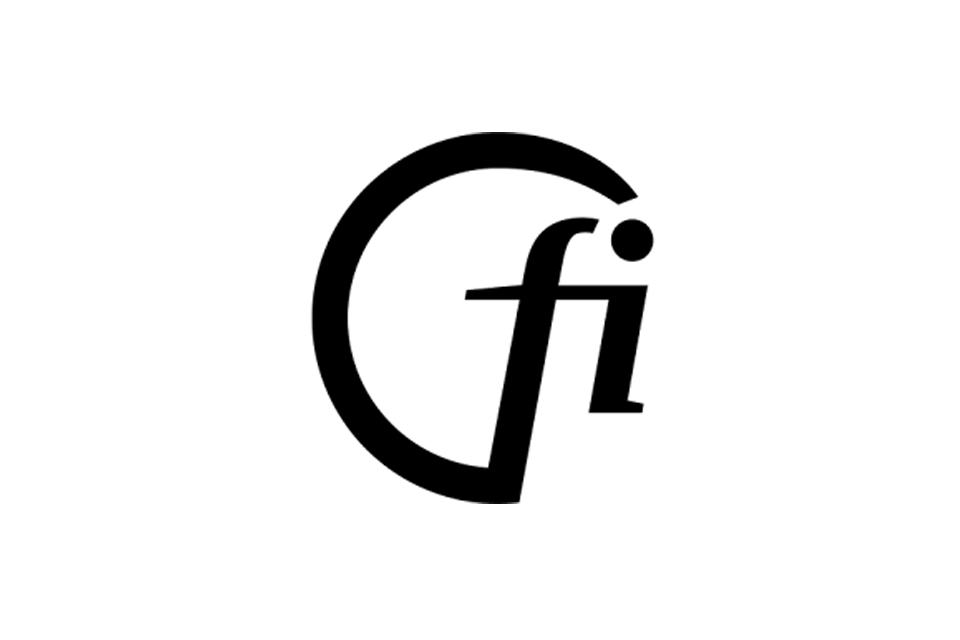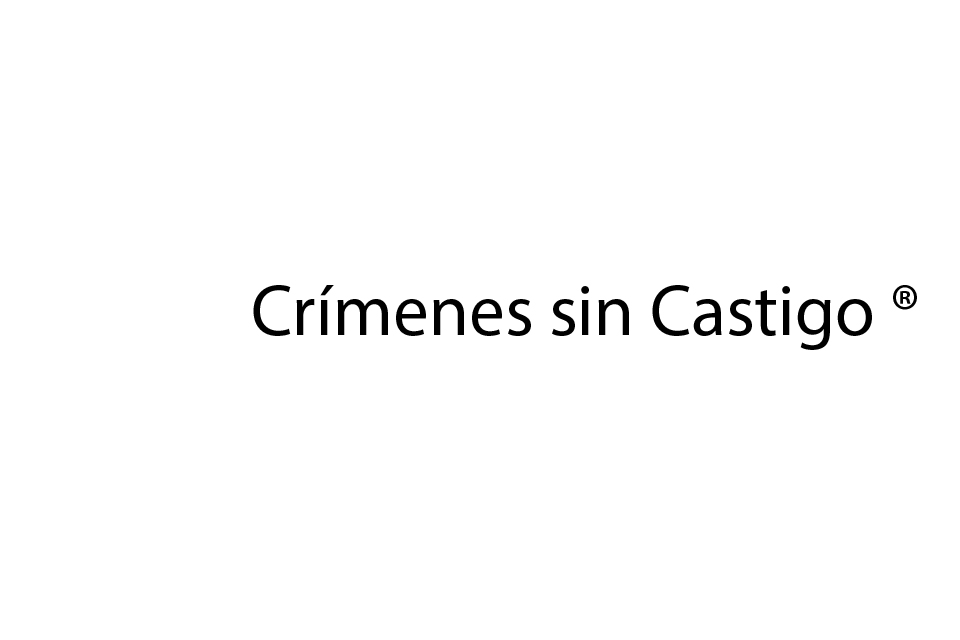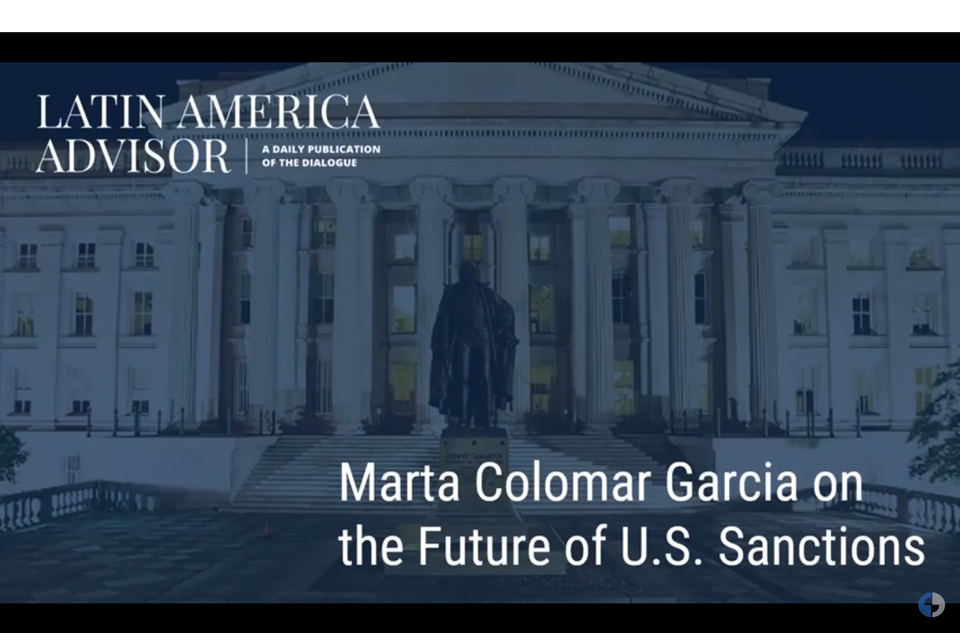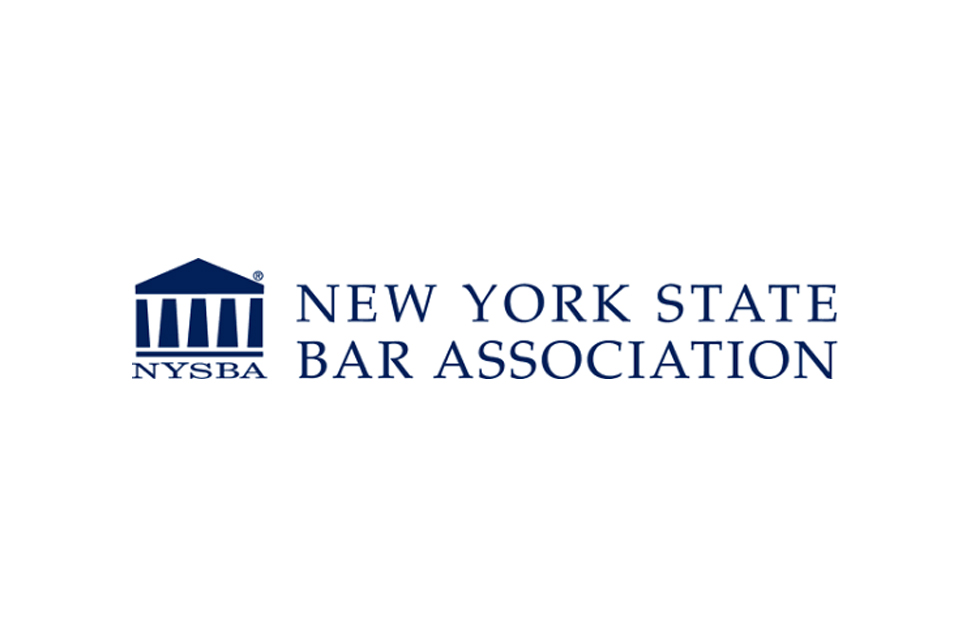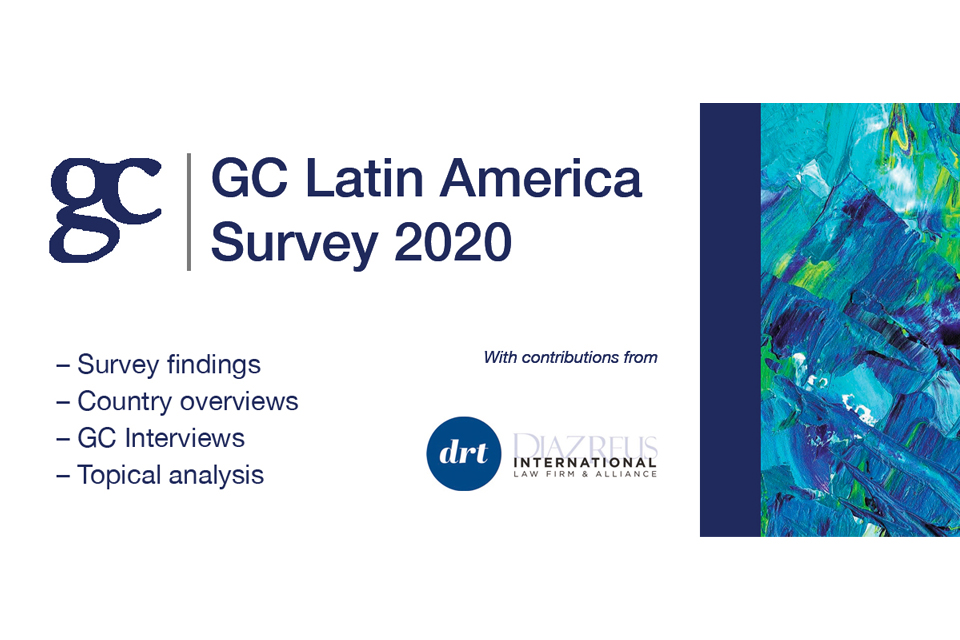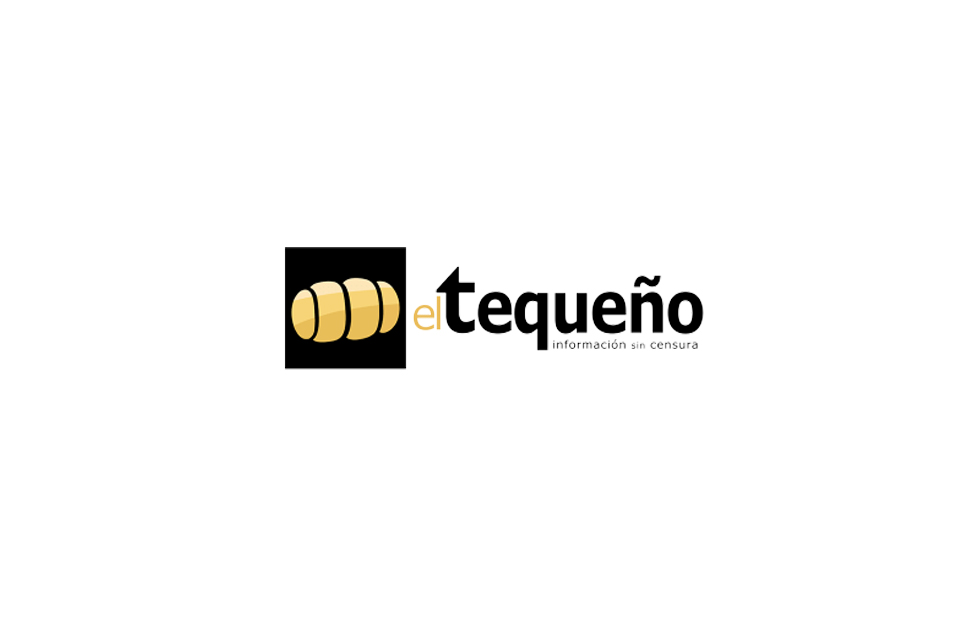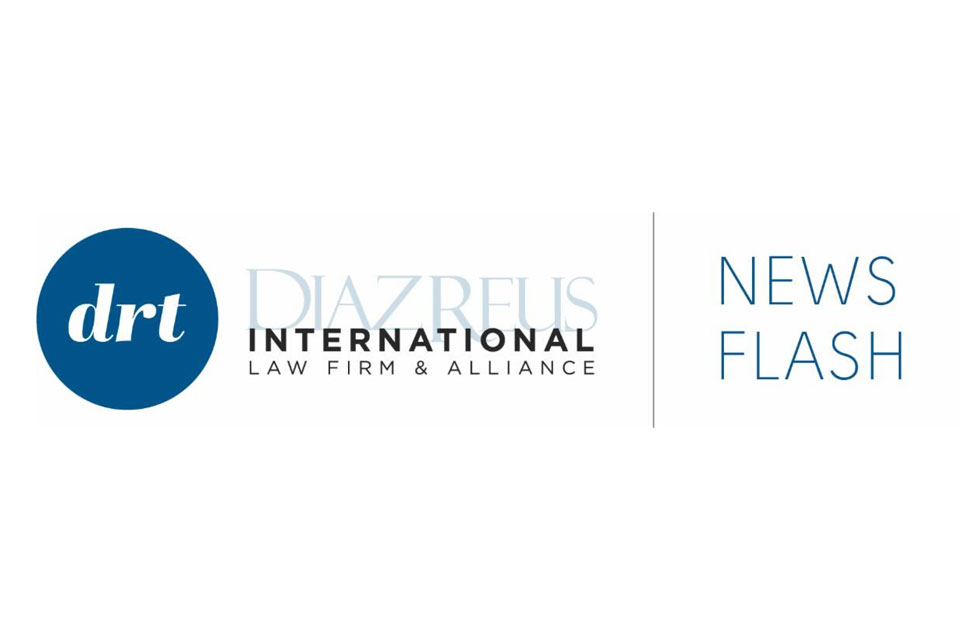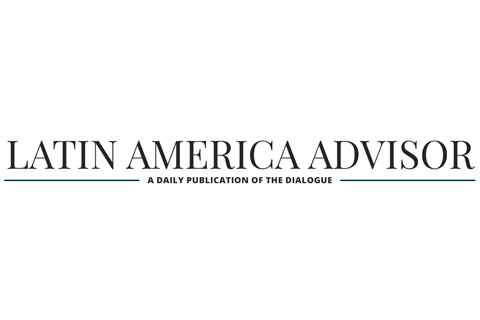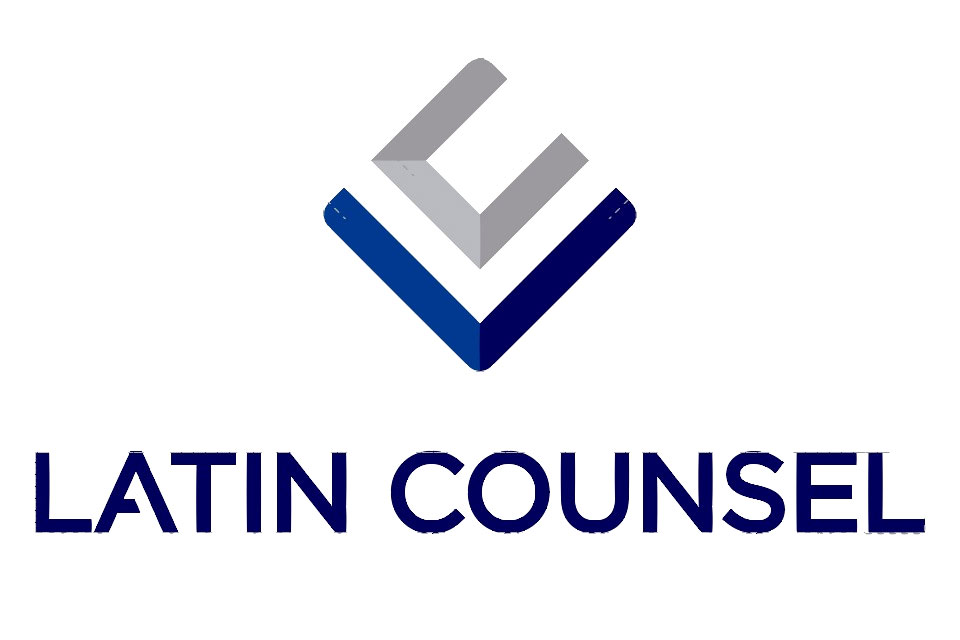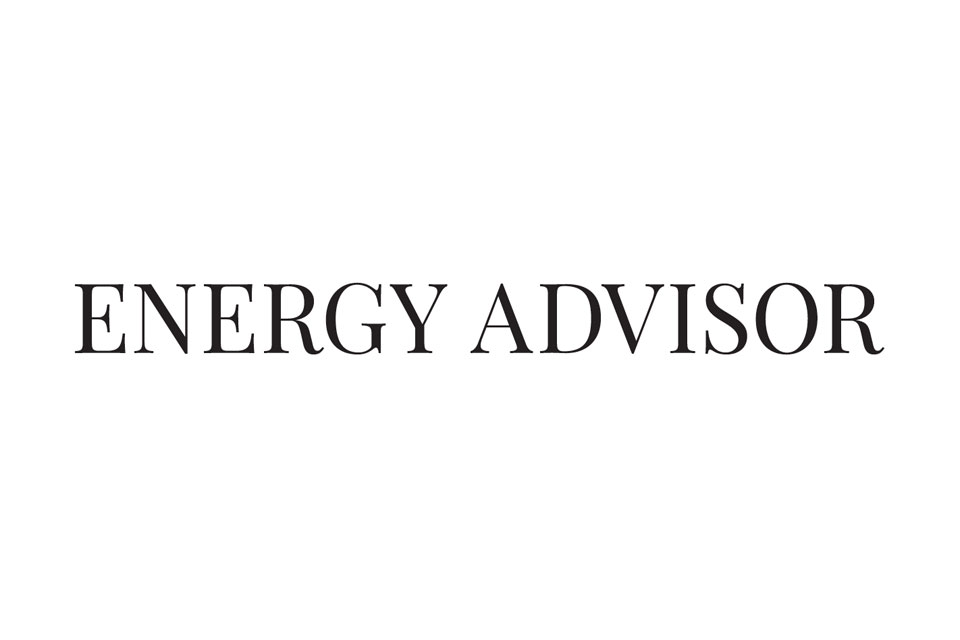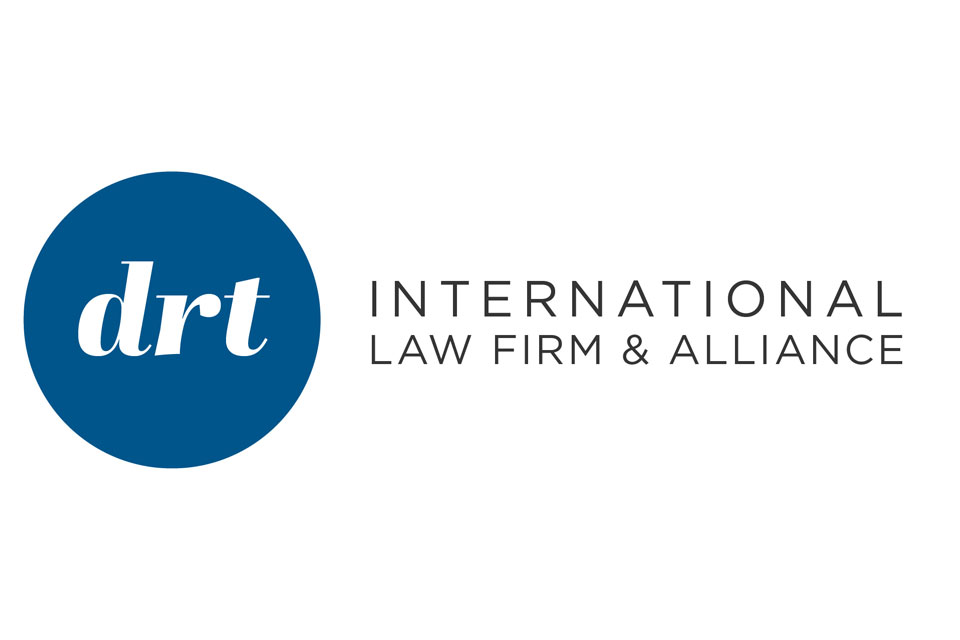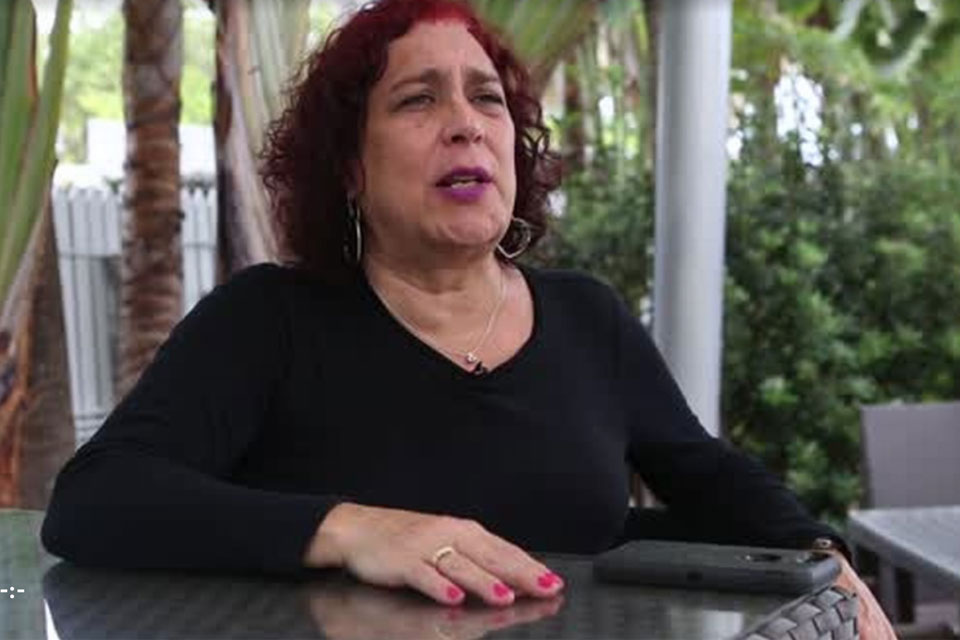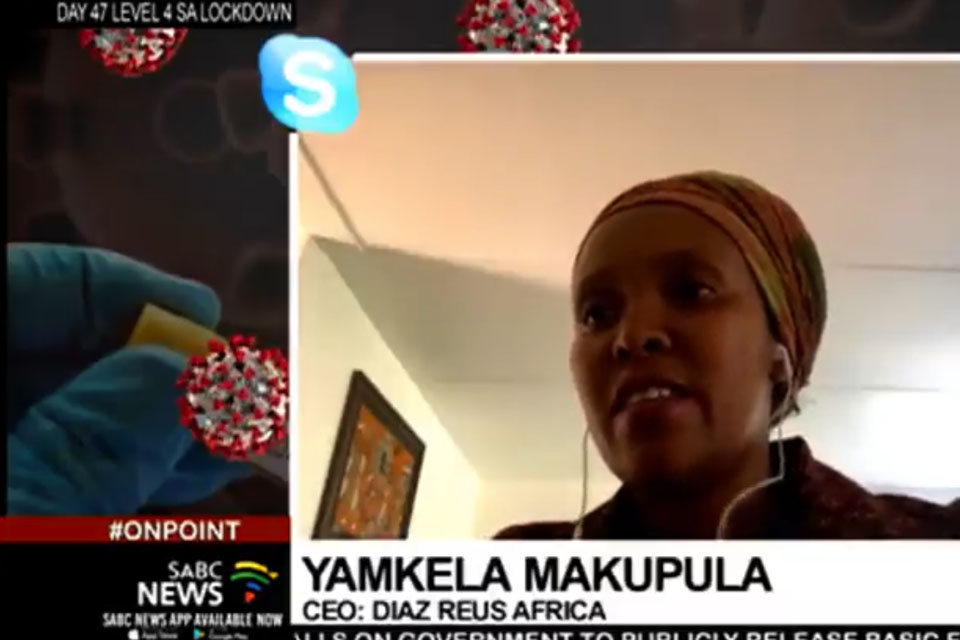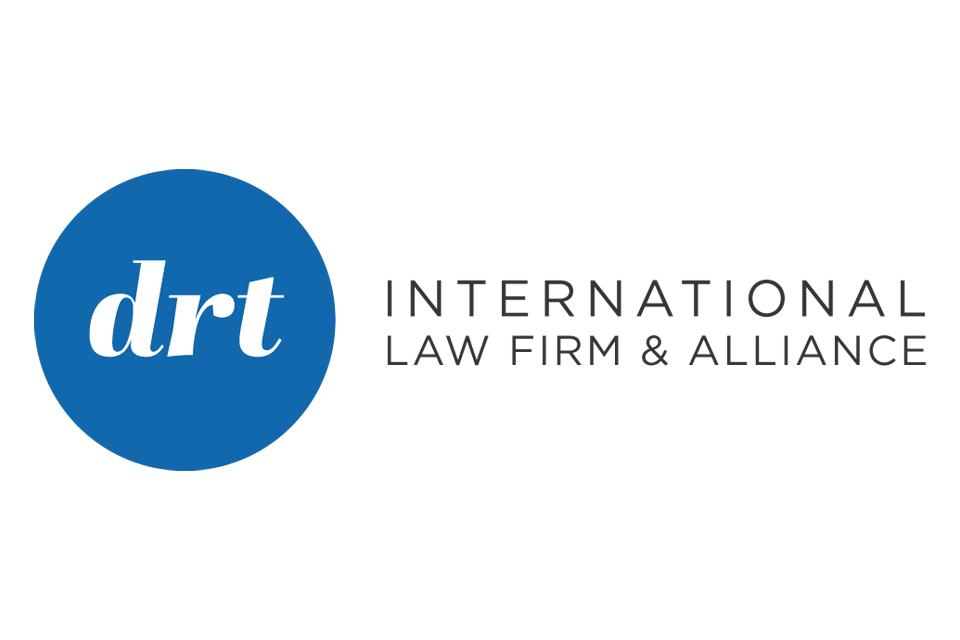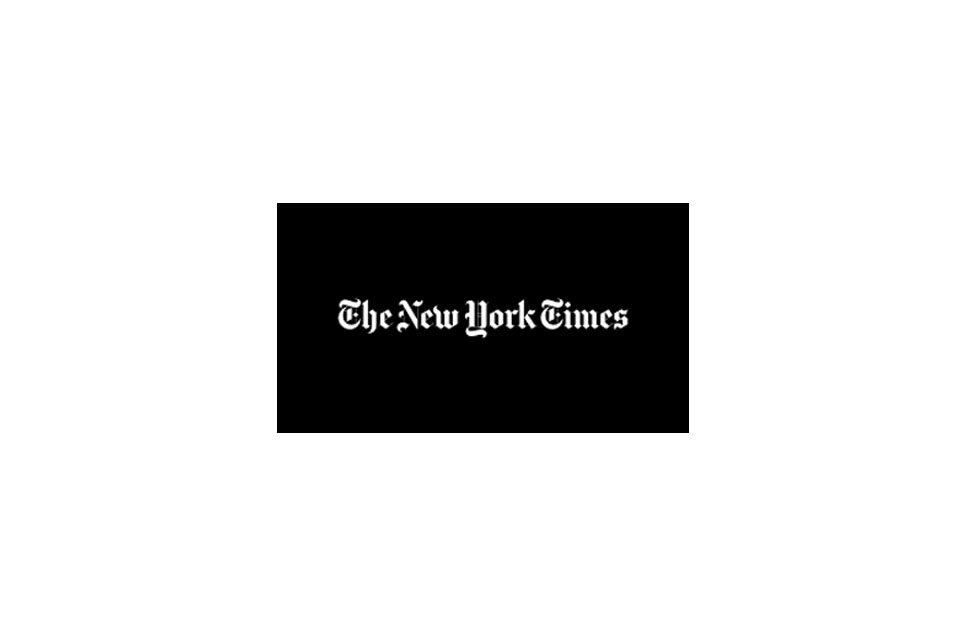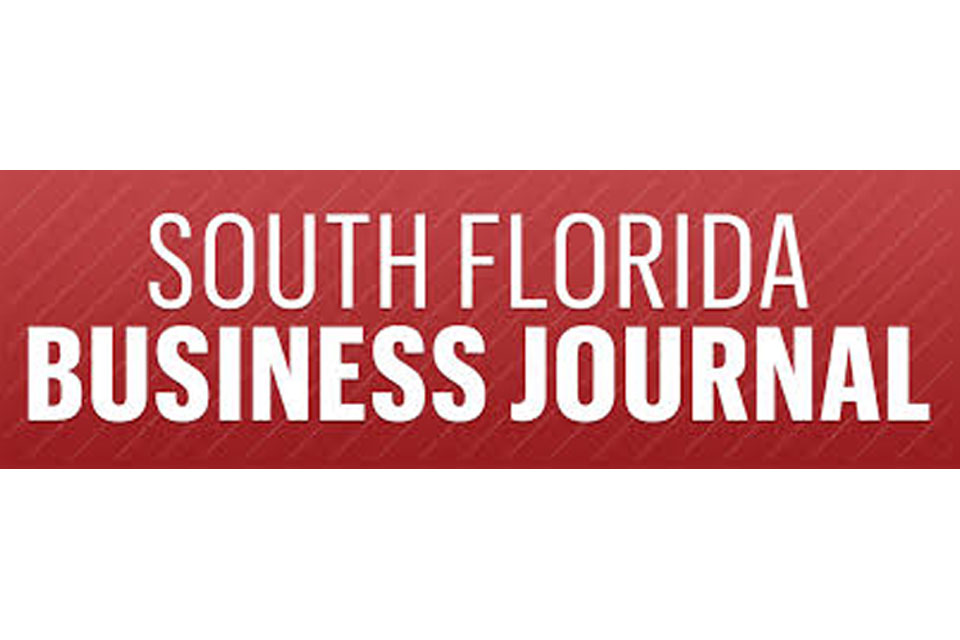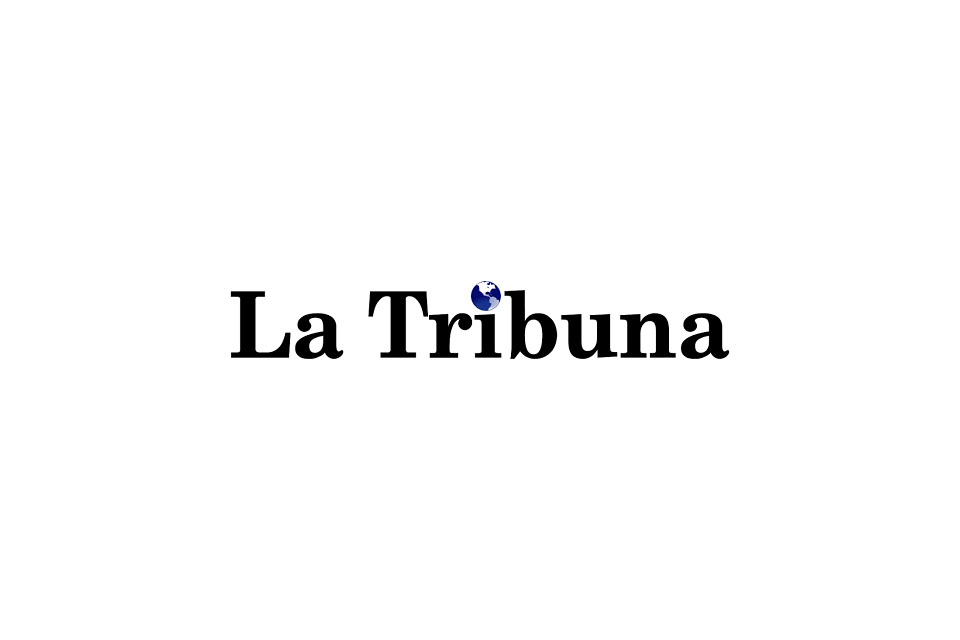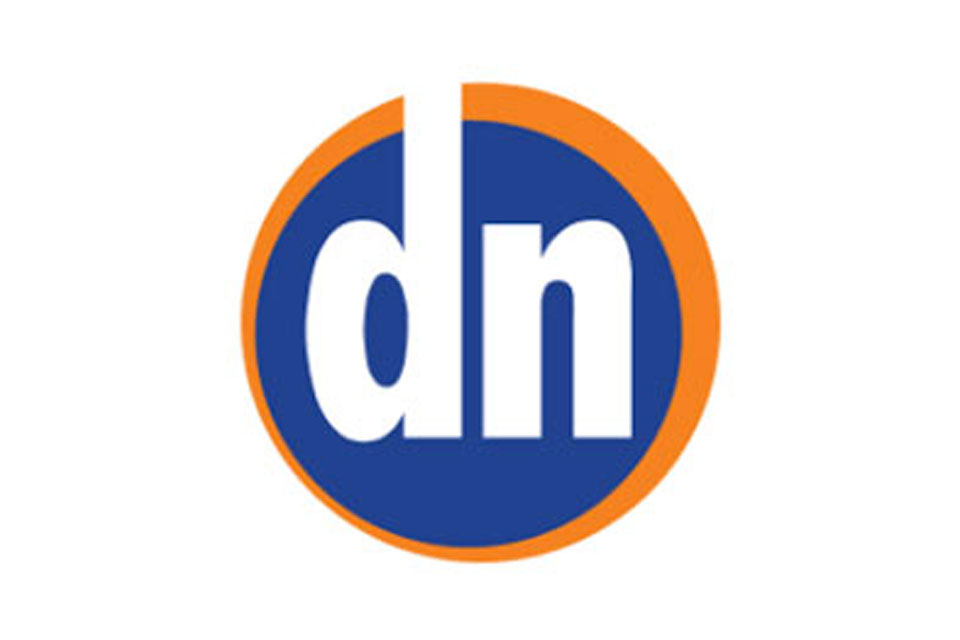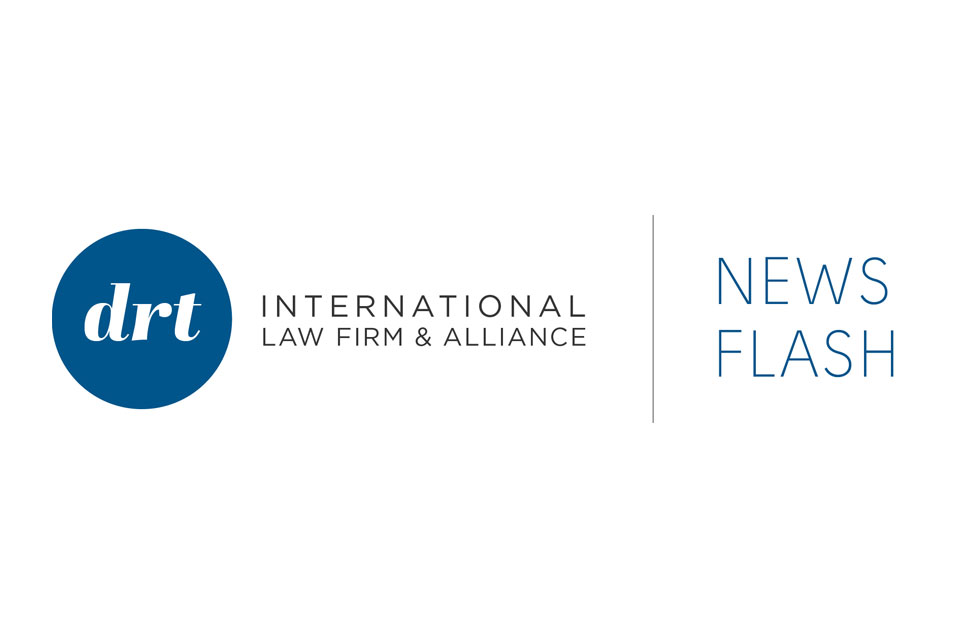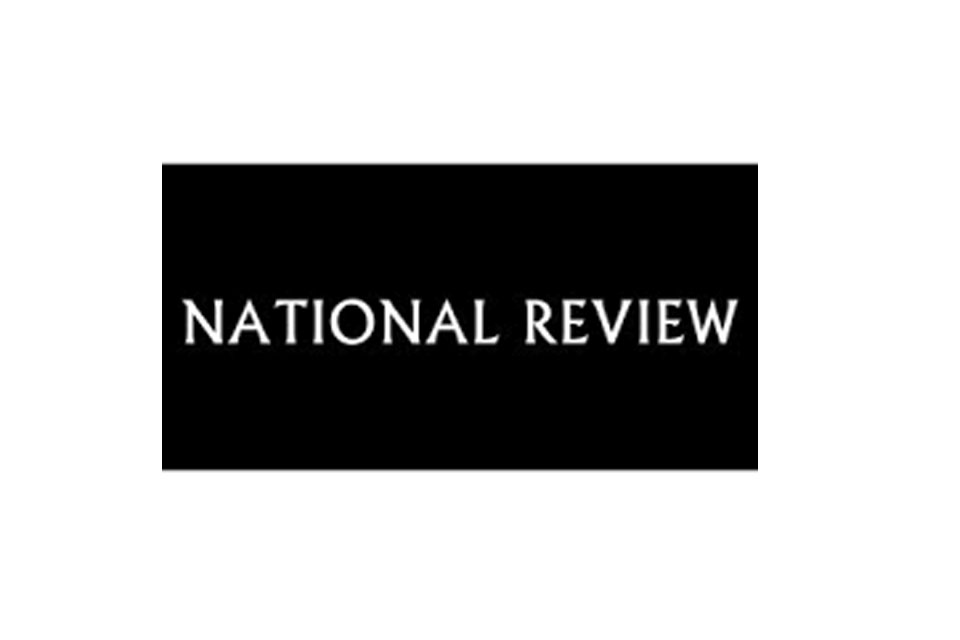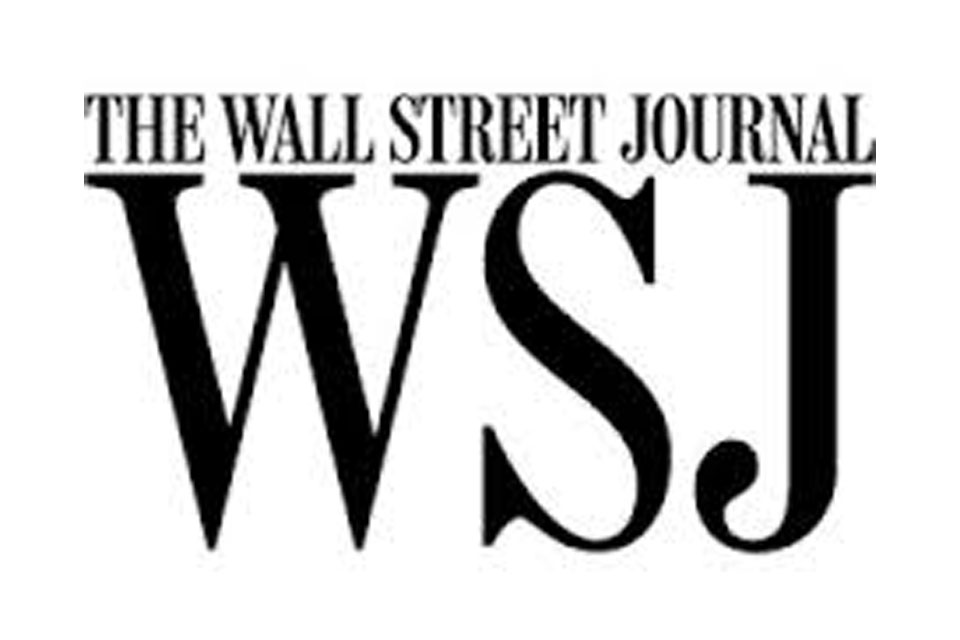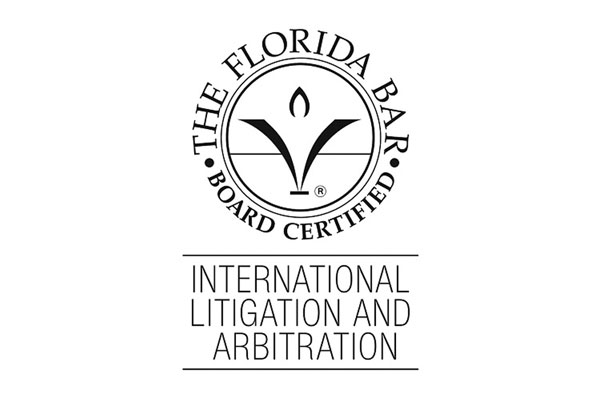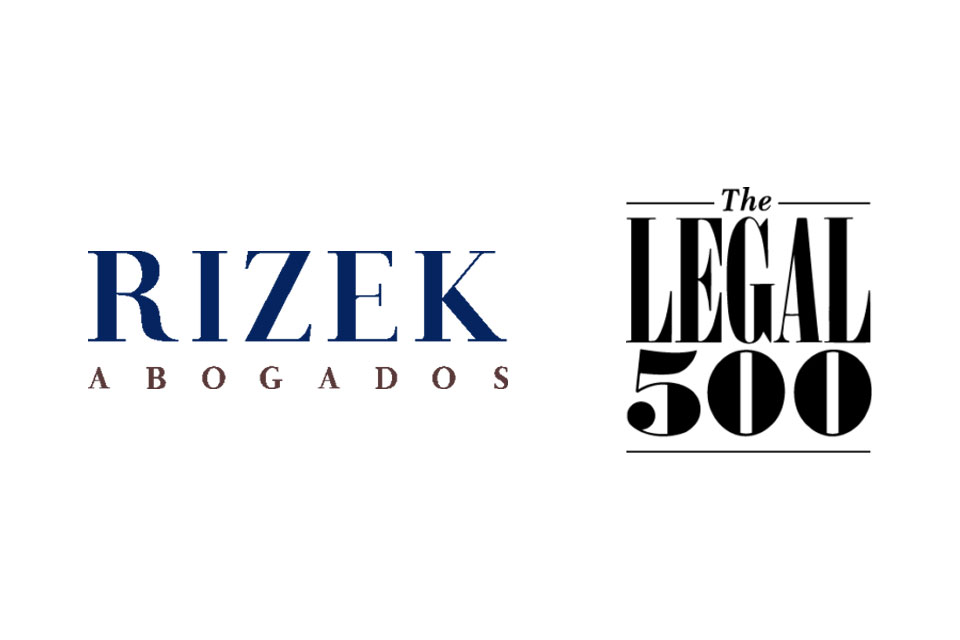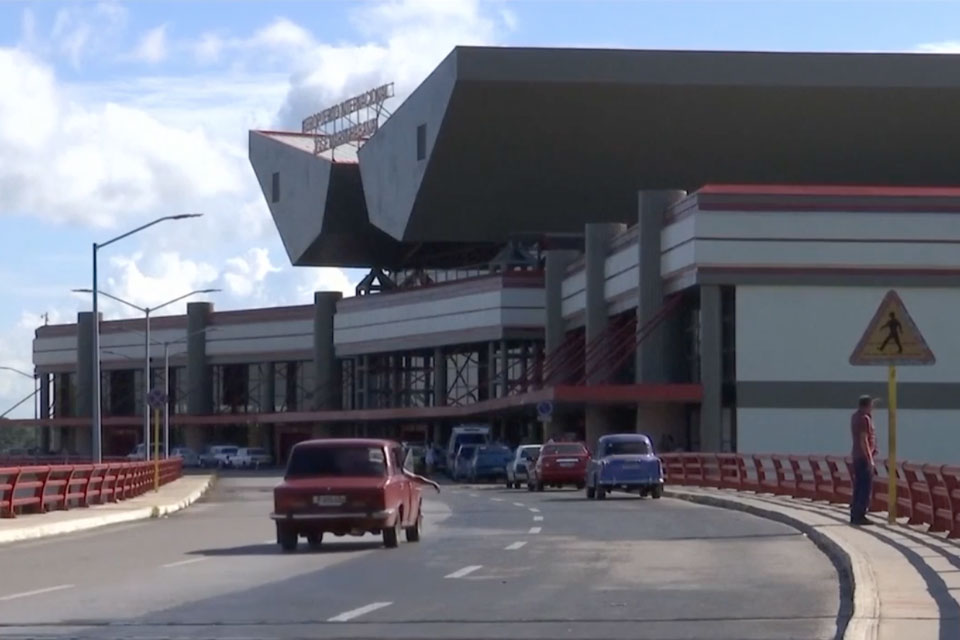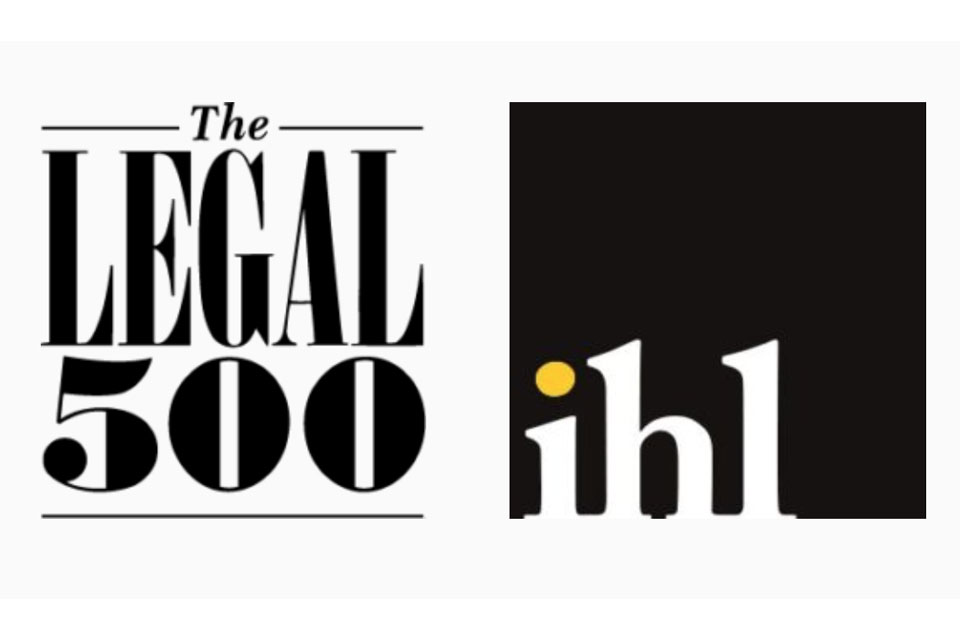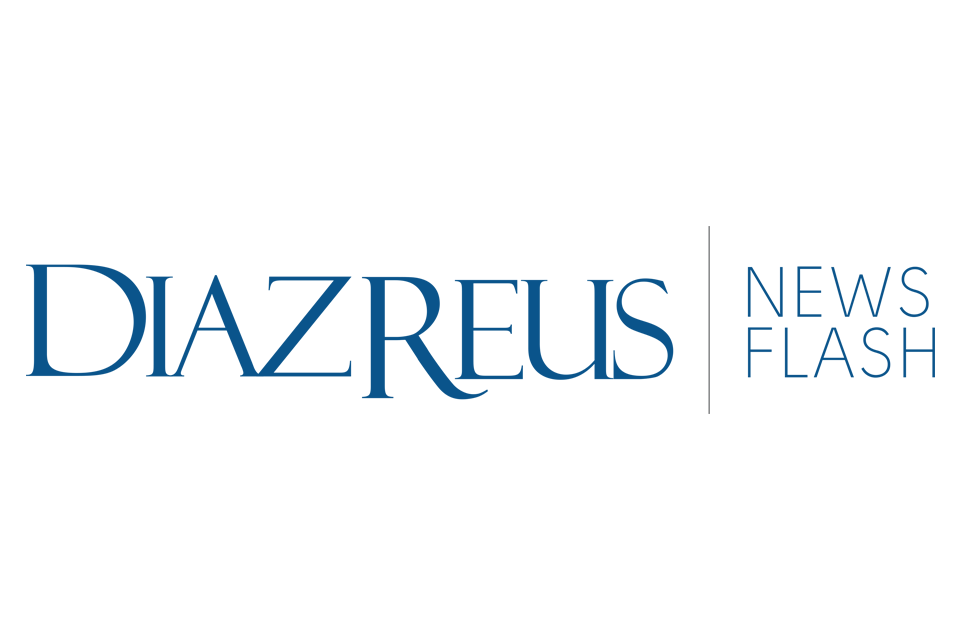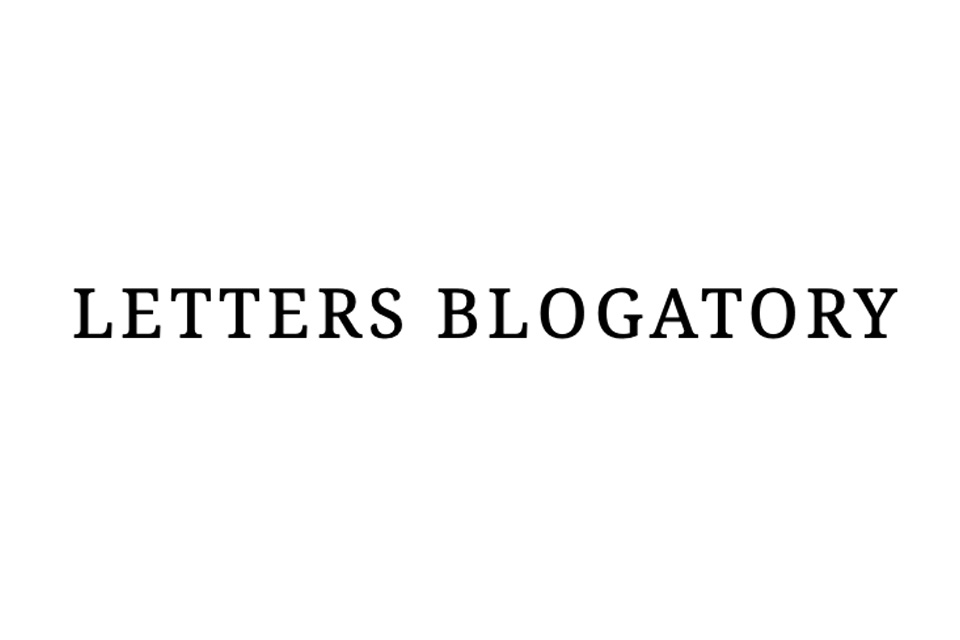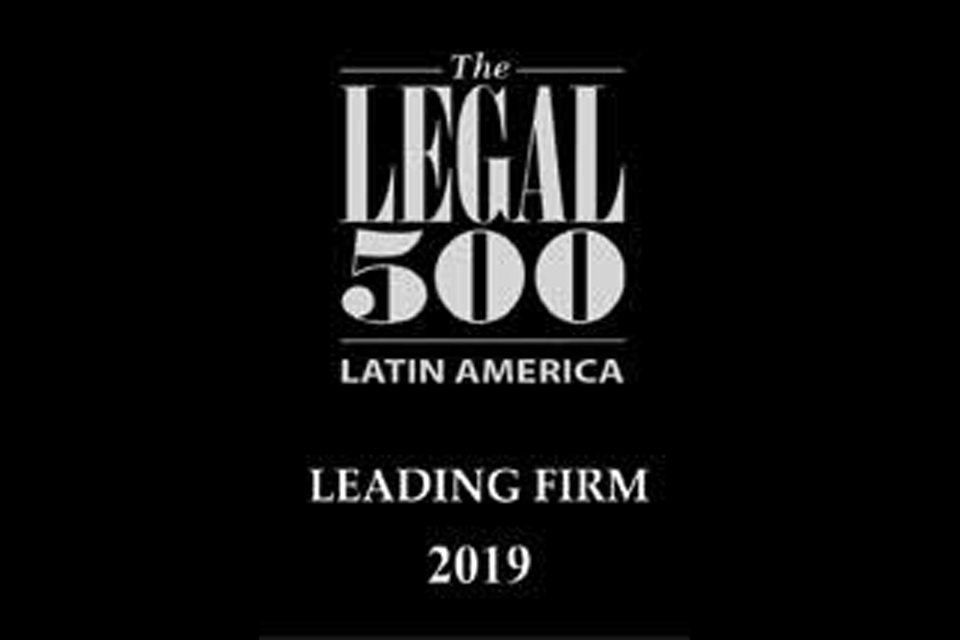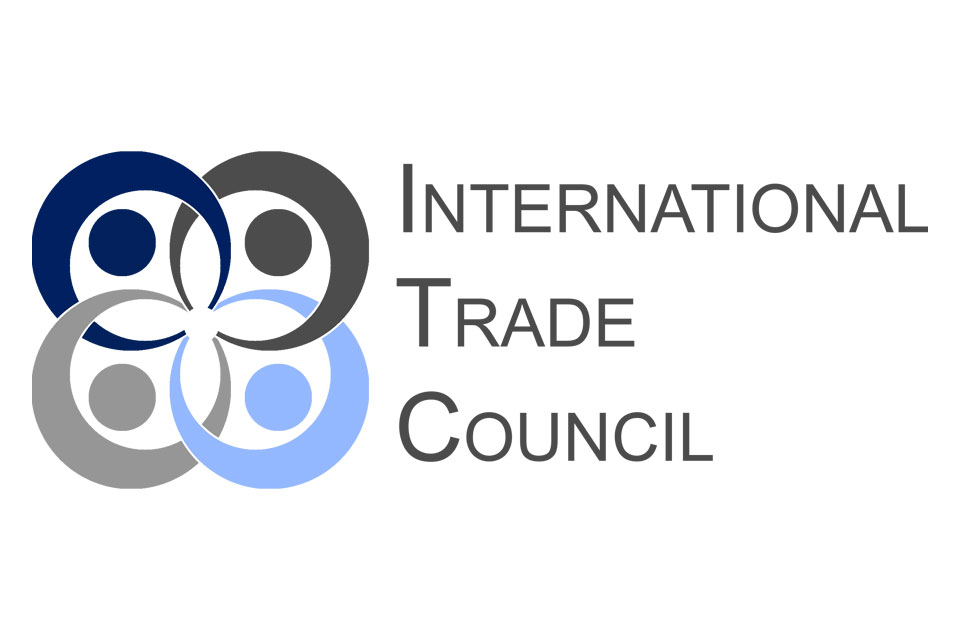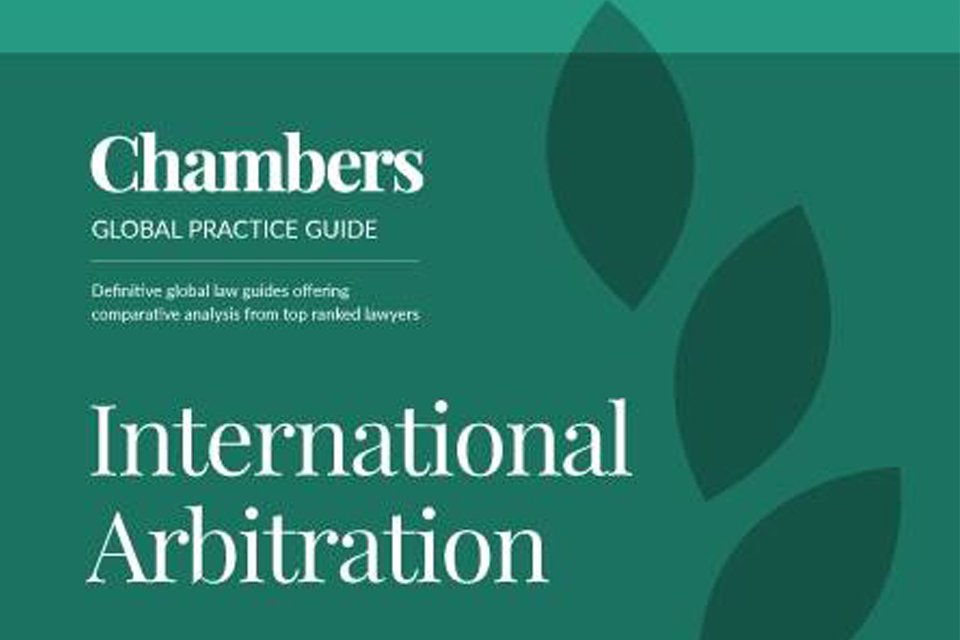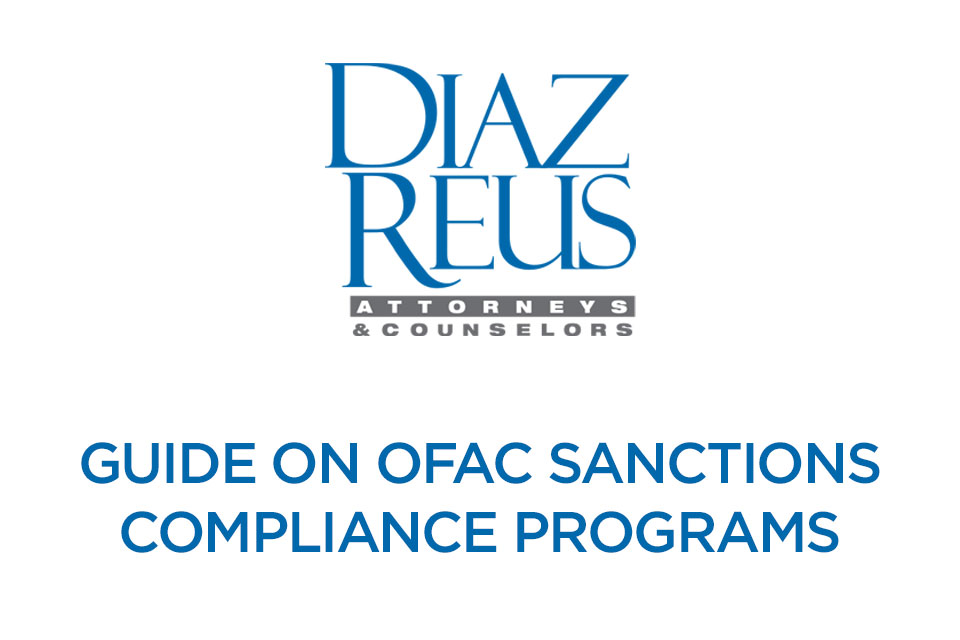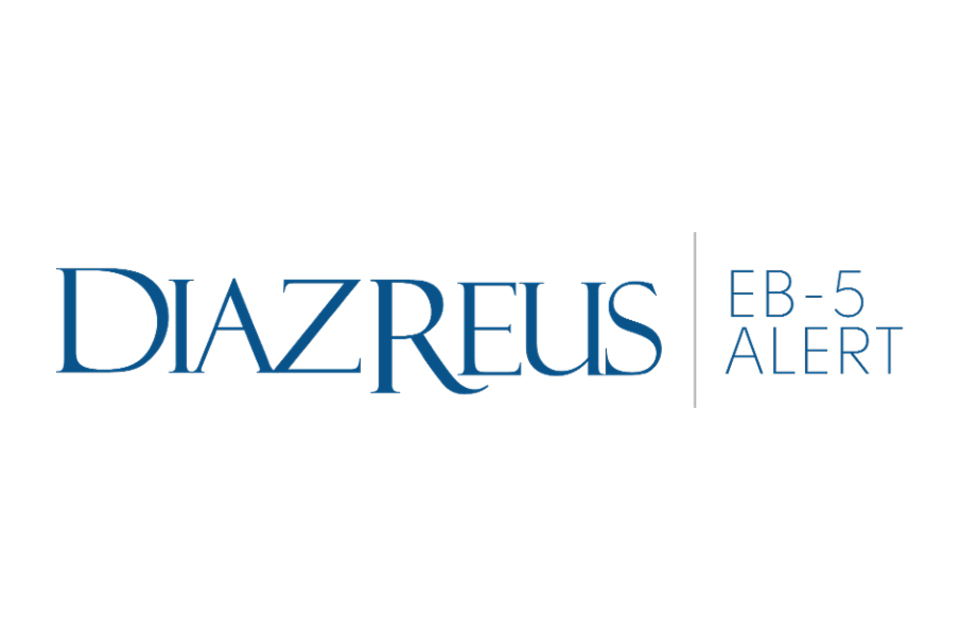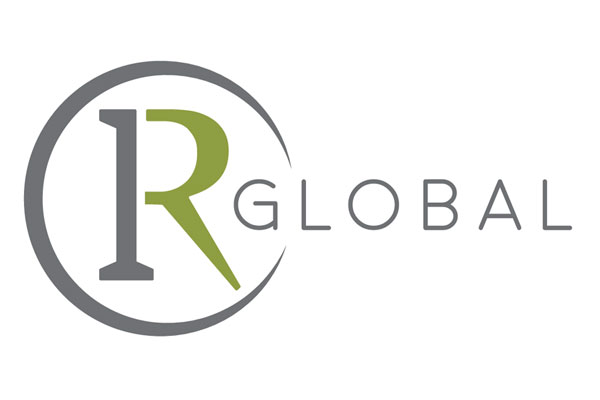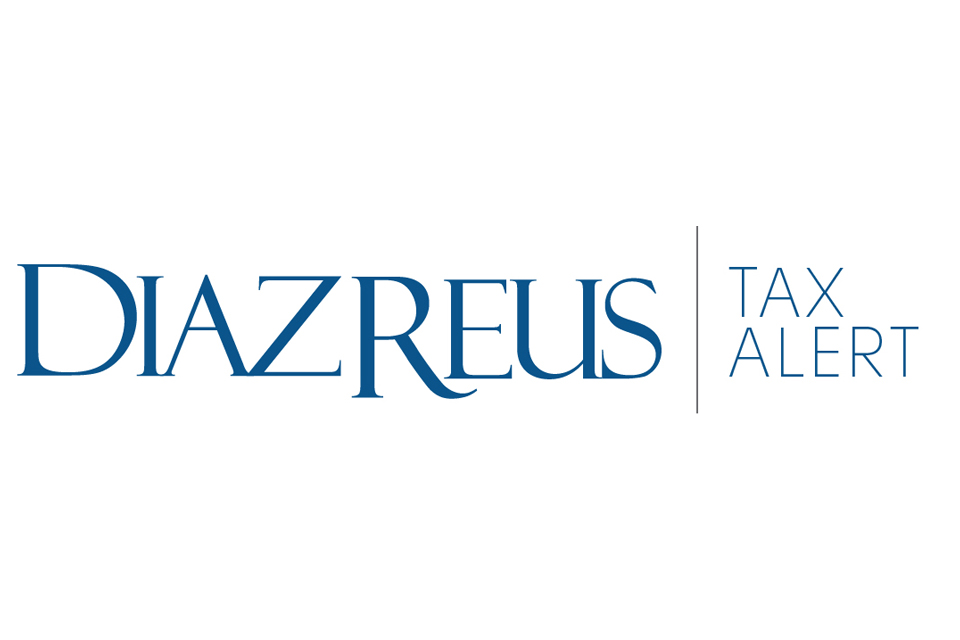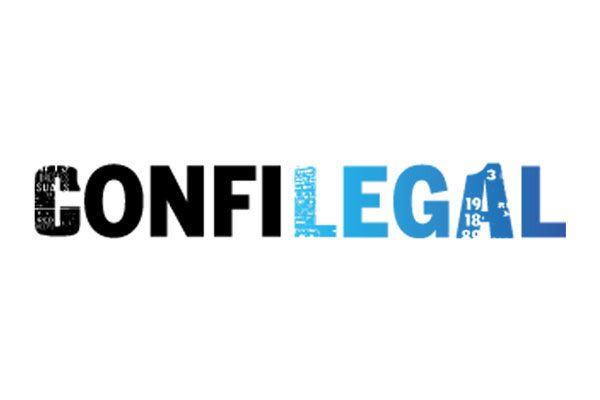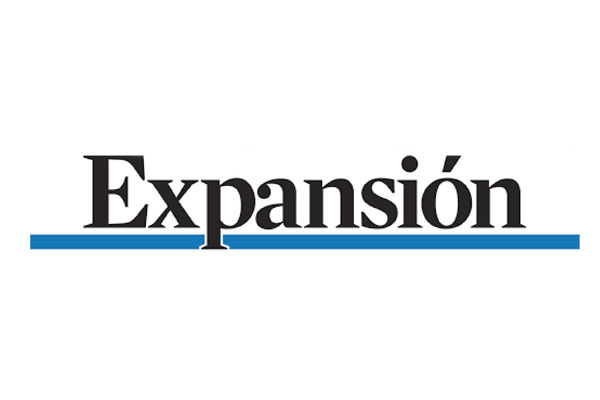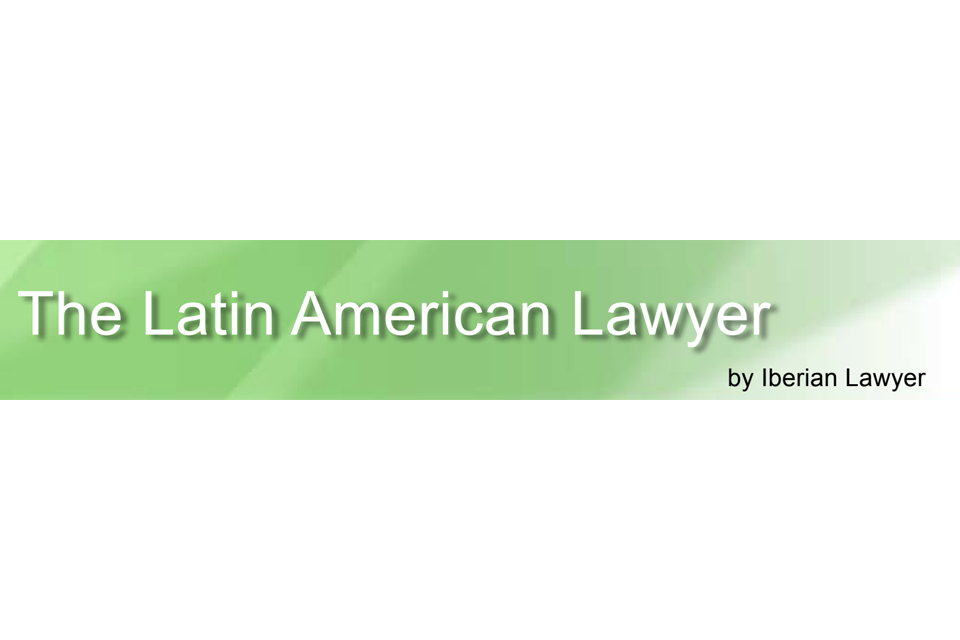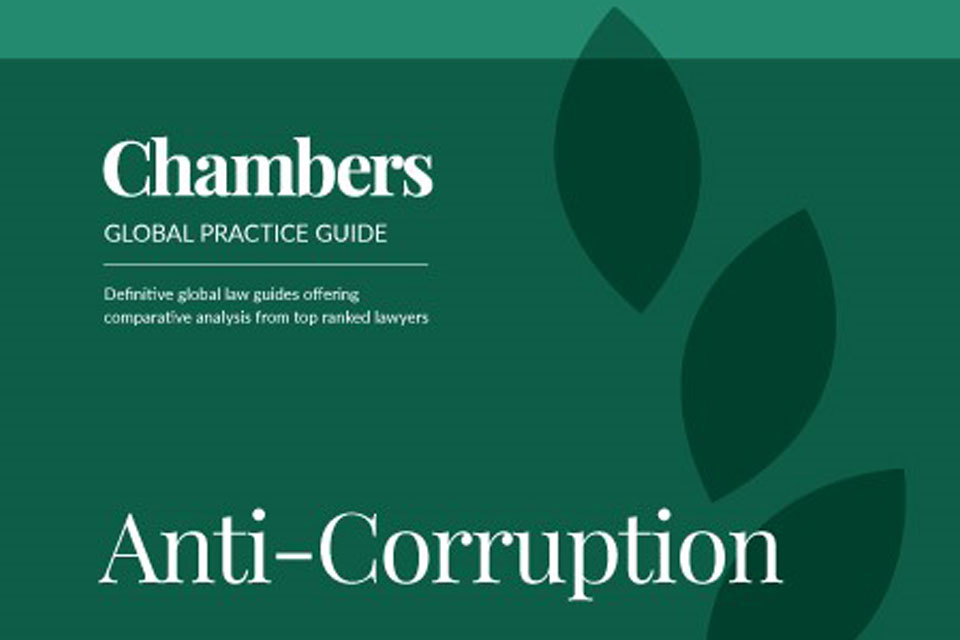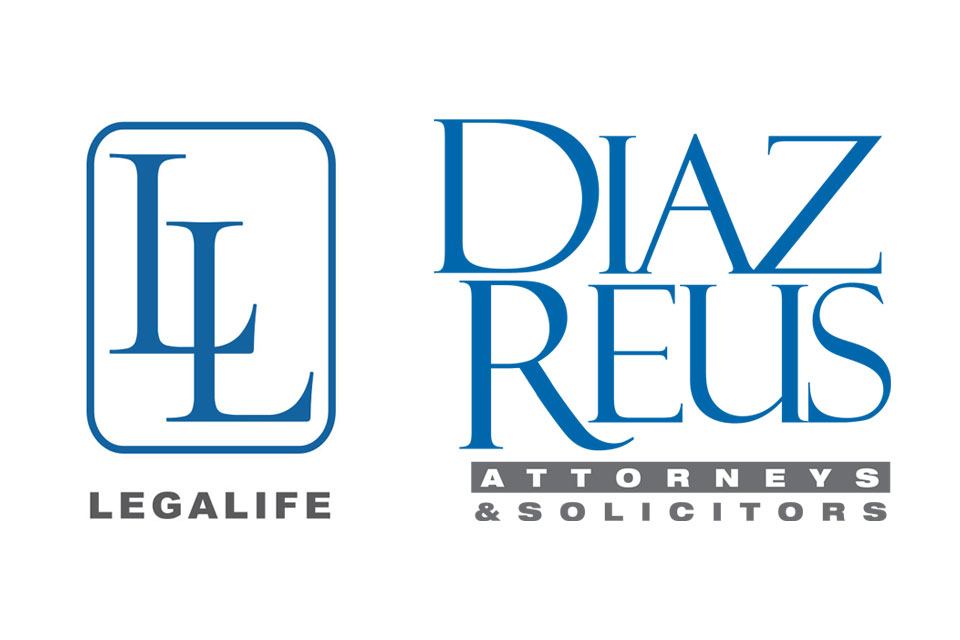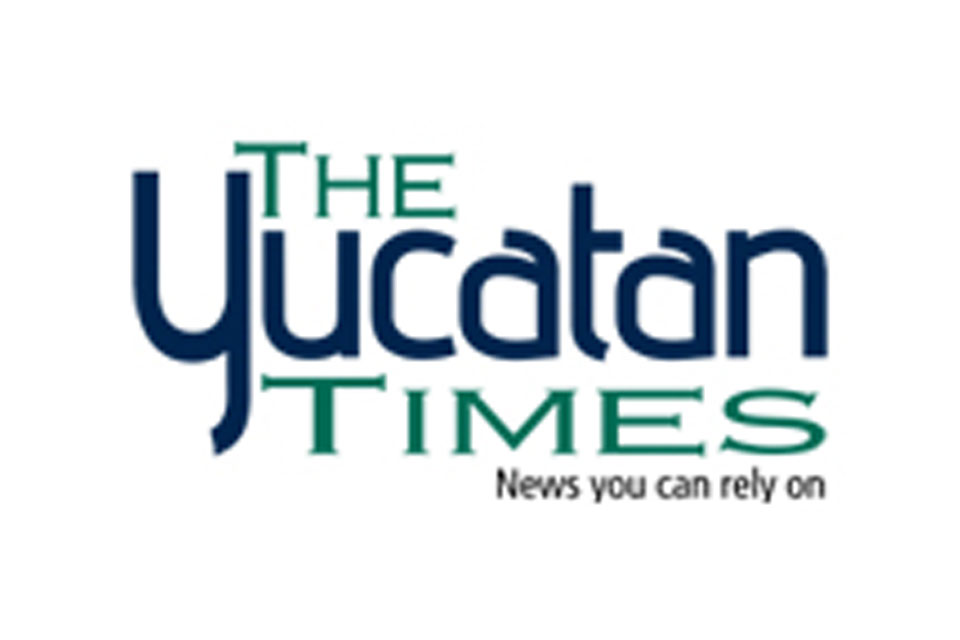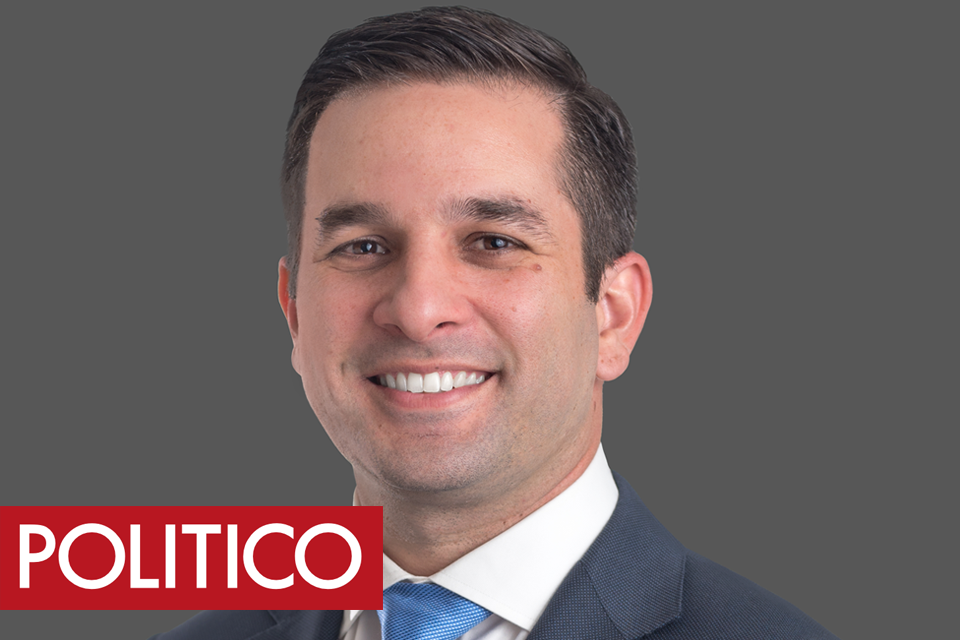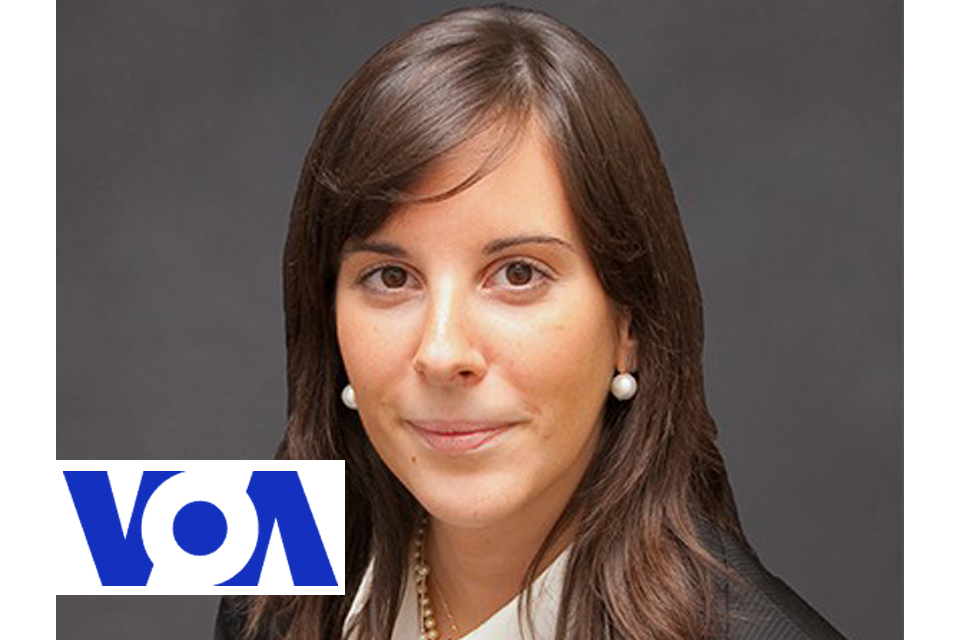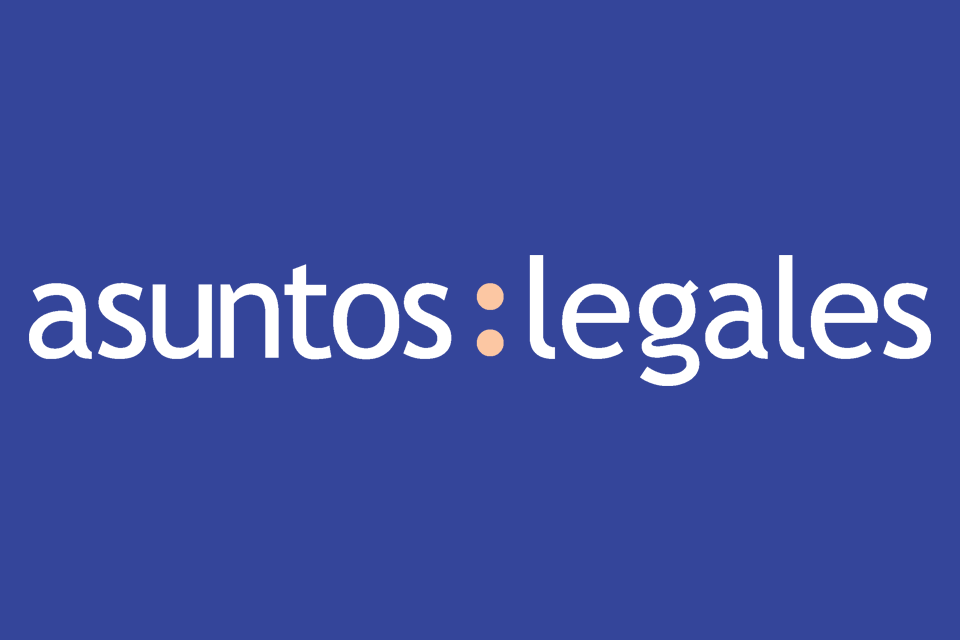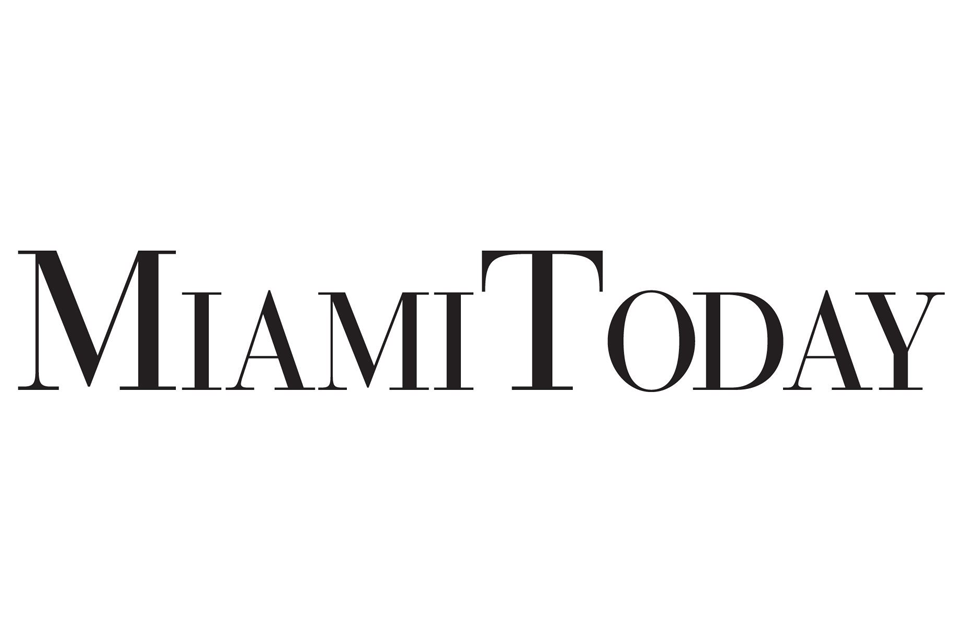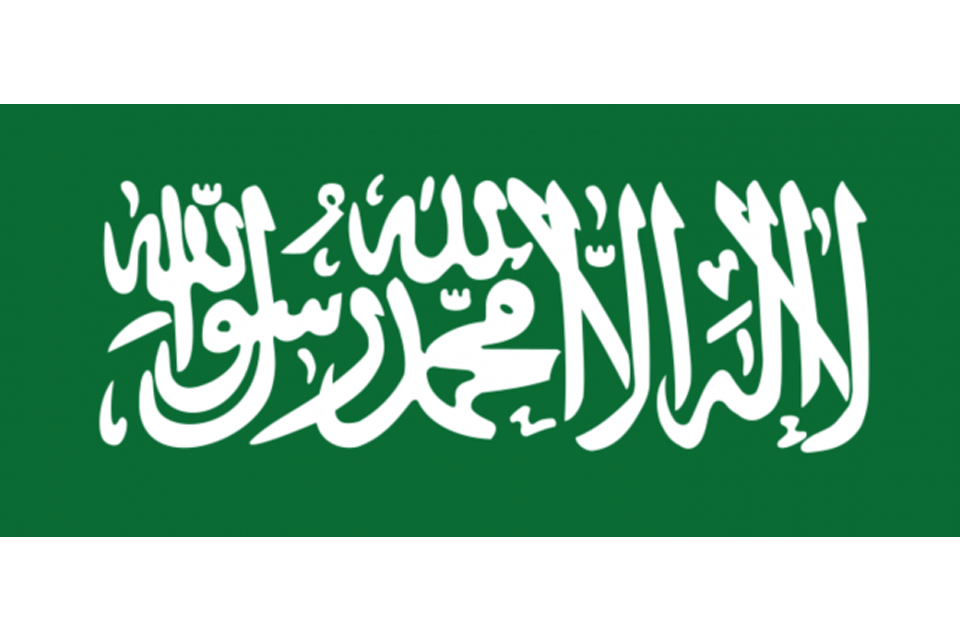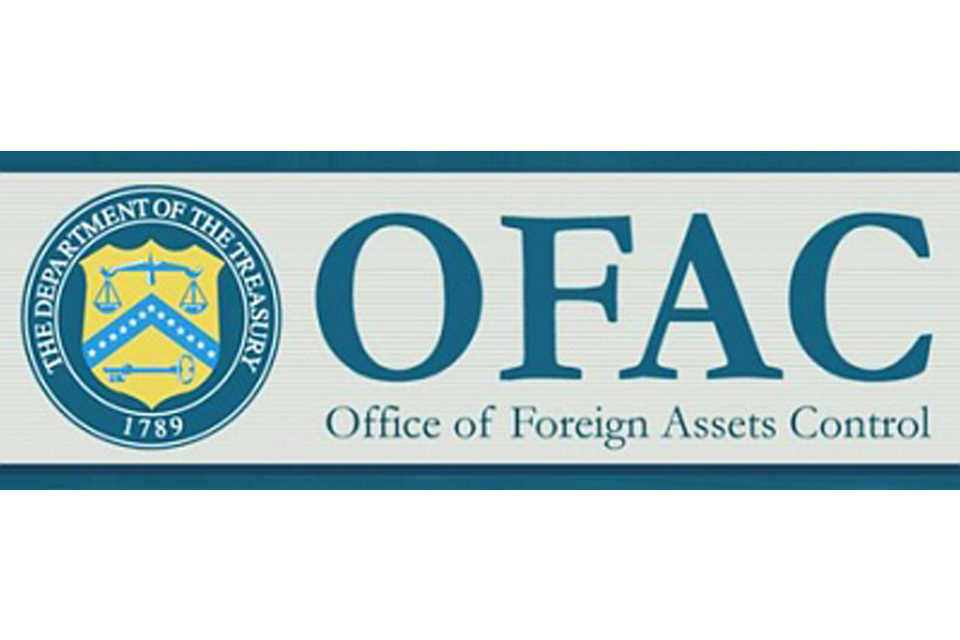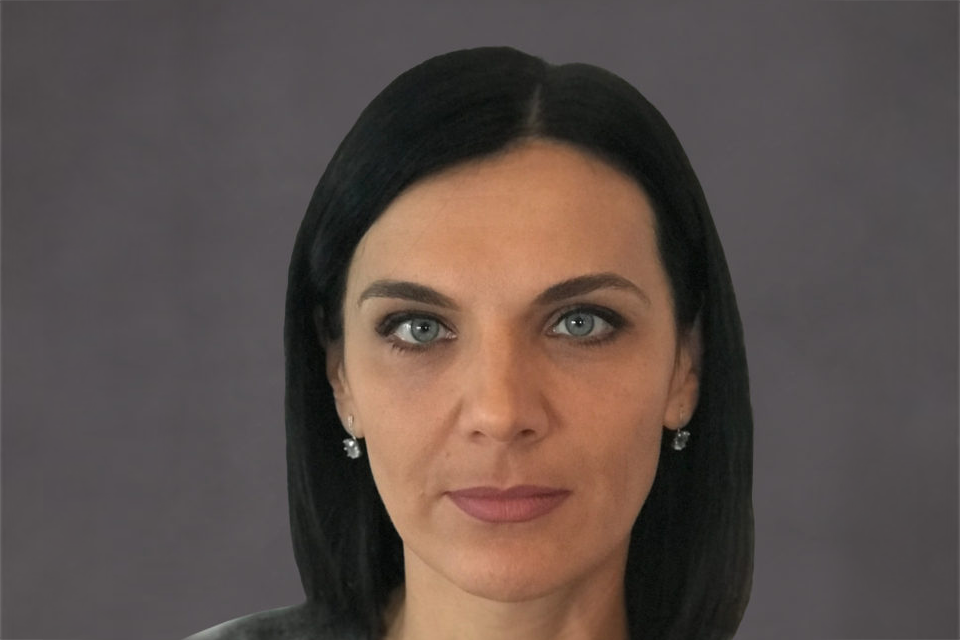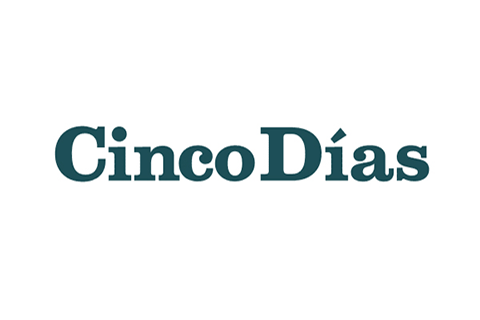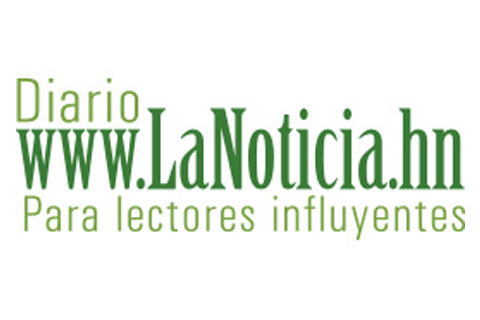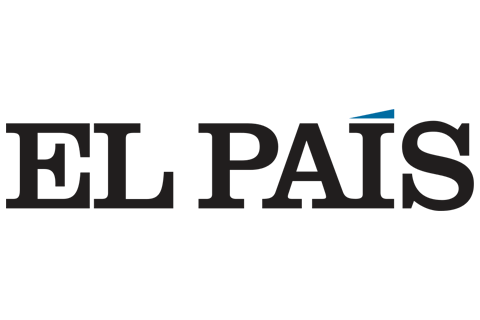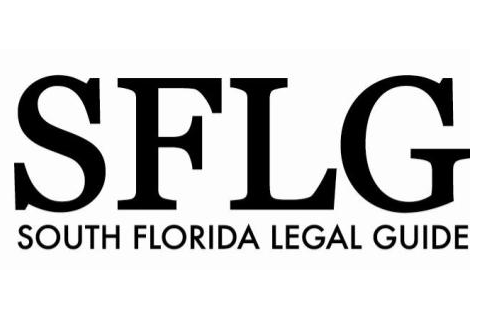In the past two years, the landscape of foreign direct investment (“FDI”) in China has been changed by several newly promulgated regulations and made the investors ask the question: “Is foreign investment no longer welcomed in China?” To ease the worries of foreign investors, the State Council has recently issued several circulars that will have significant impact on foreign investors.
The landscape of foreign direct investment (“FDI”) in China has been changed by several newly promulgated legislations and regulations, among which are the Labor Contract Law, the Anti-Monopoly Law, the Enterprise Income Tax Law and the Measures for the Administration of Taxation on Representative Offices of Foreign Enterprises. Some provisions of those laws and regulations canceled long established preferential treatment to some foreign invested enterprises (“FIEs”), while others imposed new restrictions to FIEs. Investors started to ask the question: “Is foreign investment no longer welcomed in China?”
To ease the worries of foreign investors, the State Council issued Several Opinions of the State Council Concerning Further Improving the Work of Utilizing Foreign Investment (“State Council Circular 9”) on April 6, 2010. Echoing the State Council Circular 9, the National Development and Reform Commission (“NDRC”) soon issued a Circular on Delegation of Approval Authority for Foreign-Invested Projects (“NDRC Circular 94”) on May 4, 2010; and the State Administration for Industry and Commerce (“SAIC”) also issued Several Opinions on Performing Administration Function of SAIC and Providing Assistance in the Development of FIEs (“SAIC Circular 914”) on May 7, 2010.
The three Circulars have reaffirmed the positive policy of Chinese government to encourage FDI. Meanwhile, these Circulars also provide some new guidelines and policy forecast for foreign investment in China:
1. Guide Catalogue of Industries for Foreign Investment to be Amended
Guide Catalogue of Industries for Foreign Investment (“Catalogue”) classifies all foreign investment projects in China into four categories: encouraged, allowed, restricted and prohibited. Foreign investors may invest in industries that are encouraged, allowed or restricted. The category of which the investment project is classified usually determines how much percentage interest the foreign investor can have in the project as well as government incentives to be received including custom duty and related Value-Added Tax (VAT) exemptions.
The first version of the Catalogue was issued in March 2002, and it was later revised in December 2007. State Council Circular 9 indicates that the government is contemplating a new version of the Catalogue, which will show more encouragement and support to those projects in the hi-end manufacturing industry, high technology industry, modern service industry, new energy industry, energy-saving and environmental friendly industry, as well as outsourcing industry. On the other hand, the contemplated new Catalogue will impose stricter restrictions on those heavily polluting projects, energy-intensive projects, resource-dependant projects, as well as projects in industries running at overcapacity. Although the new Catalogue is still under discussions among various government agencies, it is reasonable to foresee that those projects with heavy pollution and high energy consumption will face stricter regulation from the government, and may face a heightened scrutiny in terms of registration application and review as well as land and environment approval process.
2. Qualified Investments will Receive More Benefits
According to State Council Circular 9, foreign investments classified in the encouraged category will receive priority in its land approval application, and may receive a discount up to 30% off the price set by the Minimum Transfer Price Standard for Industrial-Use Land. This could mean encouraged foreign investments may obtain their land at a price much lower even in comparison with local Chinese companies.
In addition, both State Council Circular 9 and SAIC Circular 94 have encouraged foreign investors to set up Regional Headquarters, R&D Centers, Procurement Hubs, Financial Management Centers, Settlement Centers as well as Accounting Centers in China. SAIC Circular 94 has promised preferential treatment to those investments in terms of choosing names and defining their scope of businesses; while State Council Circular 9 has promised that all qualified foreign invested R&D Centers will be exempted for all duties, VAT and consumption taxes for R&D equipments imported in year 2010.
What’s more, in order to simplify and expedite the review and registration process of FIEs, the State Council Circular 9 and NDRC Circular 914 have decided to grant provincial government authority to approve foreign investment projects falling under the encouraged and permitted categories with total investment up to USD $ 300 million (including capital increase).
Also, the Circulars restate that tax preferential treatment will continue to be provided to foreign investment projects in China’s central and western regions, particularly environmentally friendly and labor-intensive projects. Furthermore, policy support will be given to FIEs willing to relocate from more developed coastal region to the central and western regions.
3. More Ways of Foreign Investment
State Council Circular 9 indicates that China will promote diversified ways to utilize foreign investment. For examples, State Council Circular 9 encourages foreign investors to merge and acquire domestic enterprises, supports domestic listed companies to attract foreign strategic investors, and also supports qualified domestic enterprises to go listing on overseas security exchanges. In addition, SAIC Circular 94 encourages the establishment of foreign invested holding companies as well as partnerships invested by foreign entities and individuals. SAIC Circular 94 also voices support for foreign investors using debt instruments as a means of effectuating an FIE’s capital increase. It is foreseeable that series of new regulations are on their way to implement these changes proposed by the Circulars.
4. Better Protections for Foreign Investment
SAIC Circular 94 claims that the government will pay special attention to the enforcement against the unfair competitions towards FIEs, and will increase the protection on foreign trademarks and other intellectual property rights of FIEs. Most importantly, SAIC indicates that certain trademark cases may receive expedited review if it is beneficial for utilizing the foreign investment to promote technology innovation in China or to achieve regional industry upgrade.








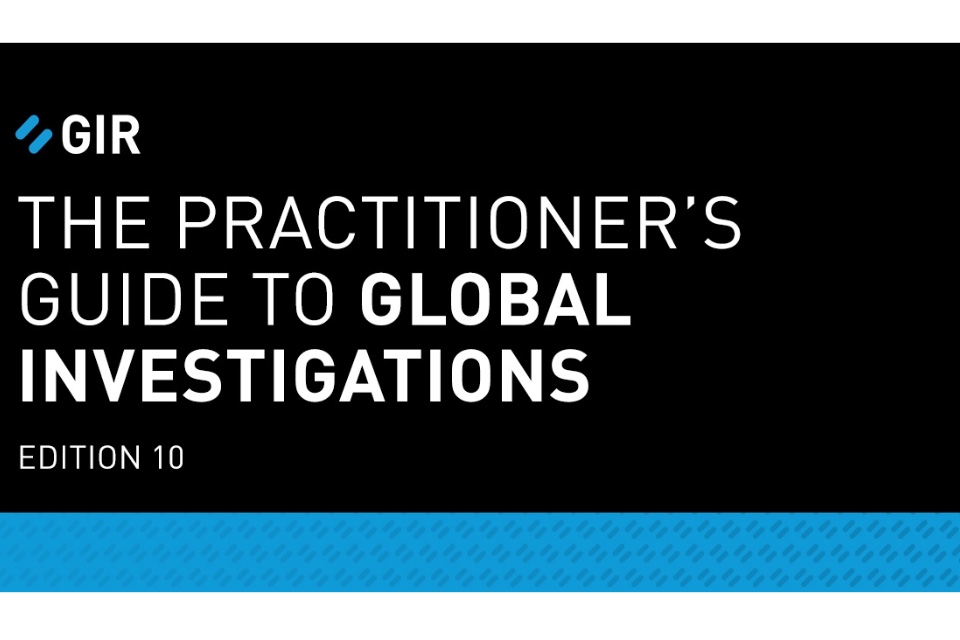
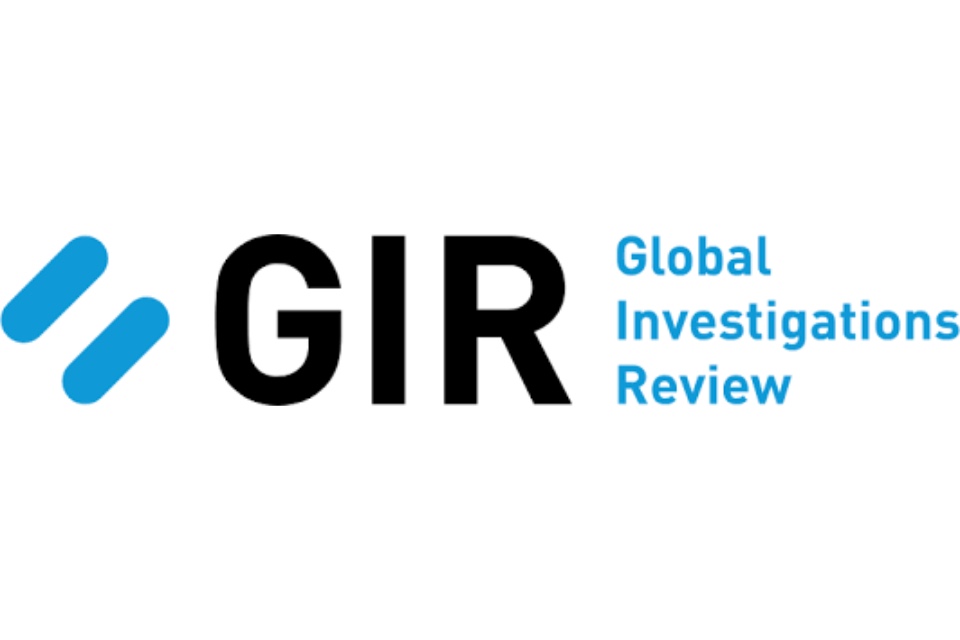


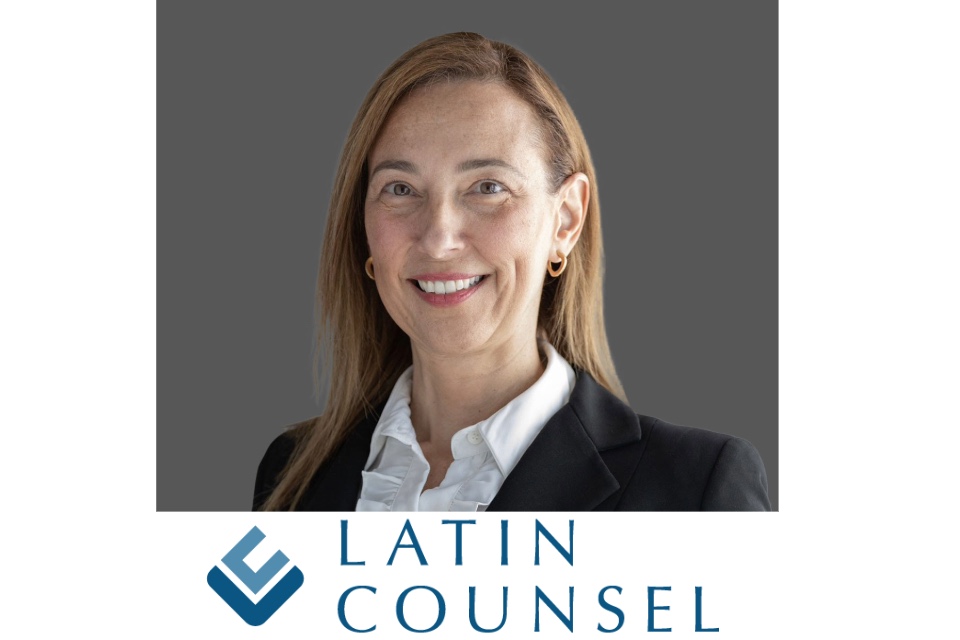


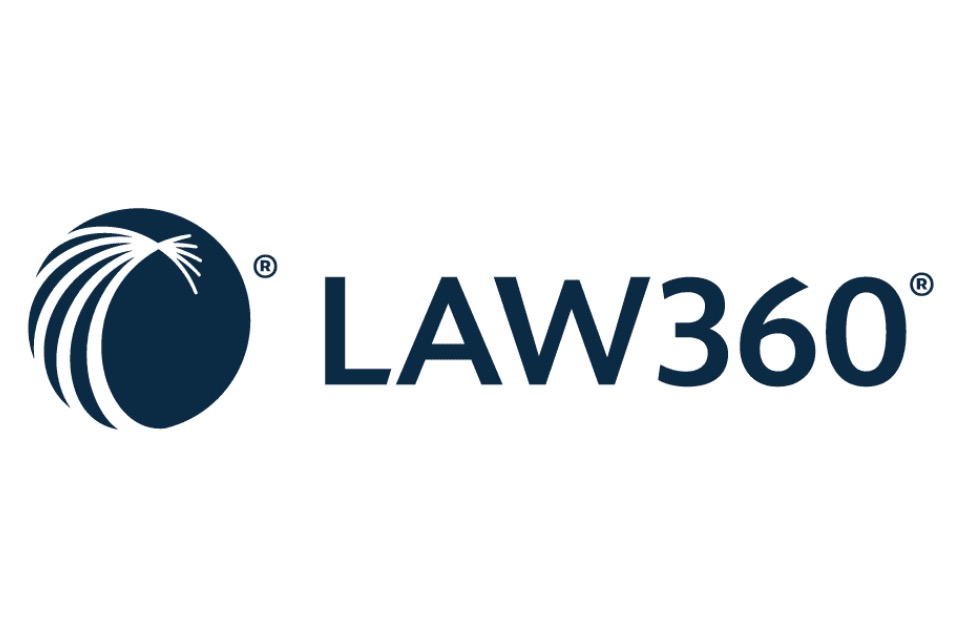



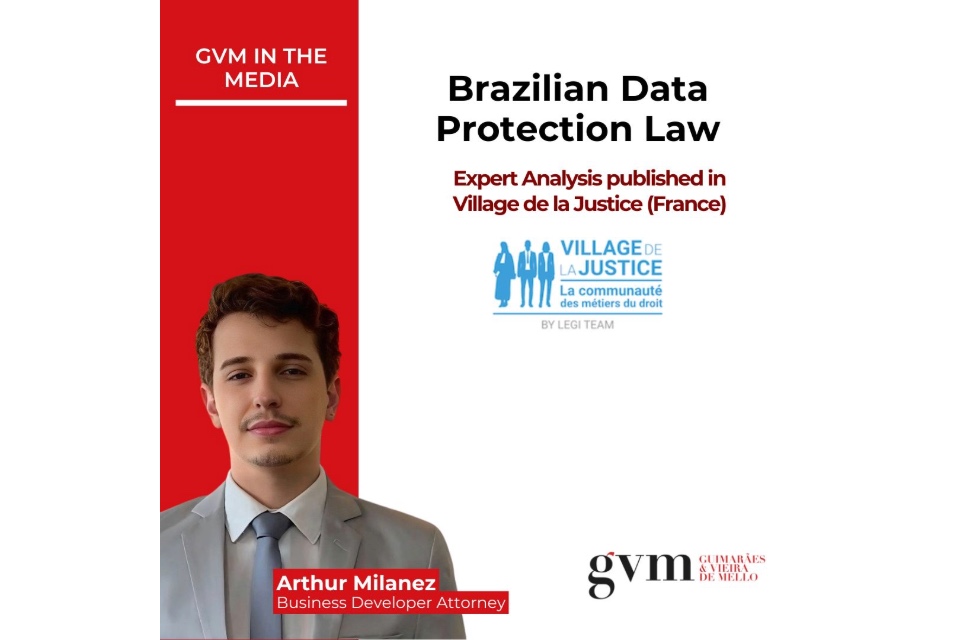




















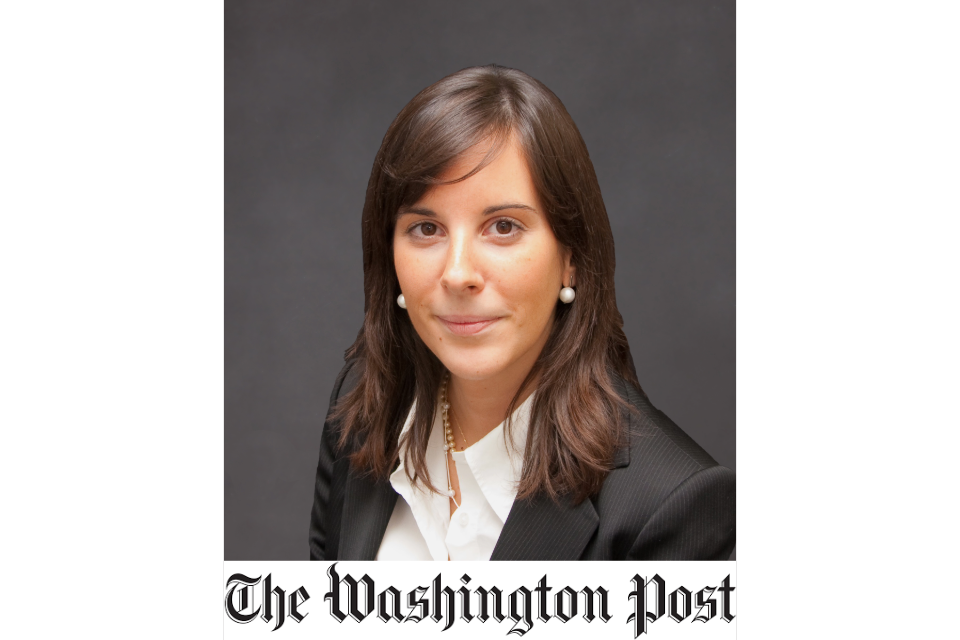
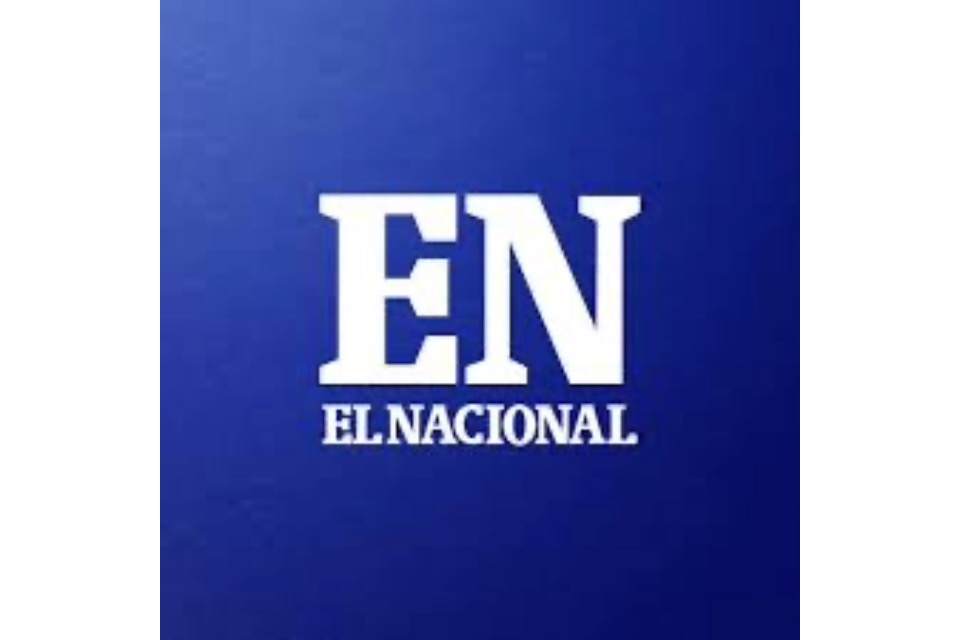


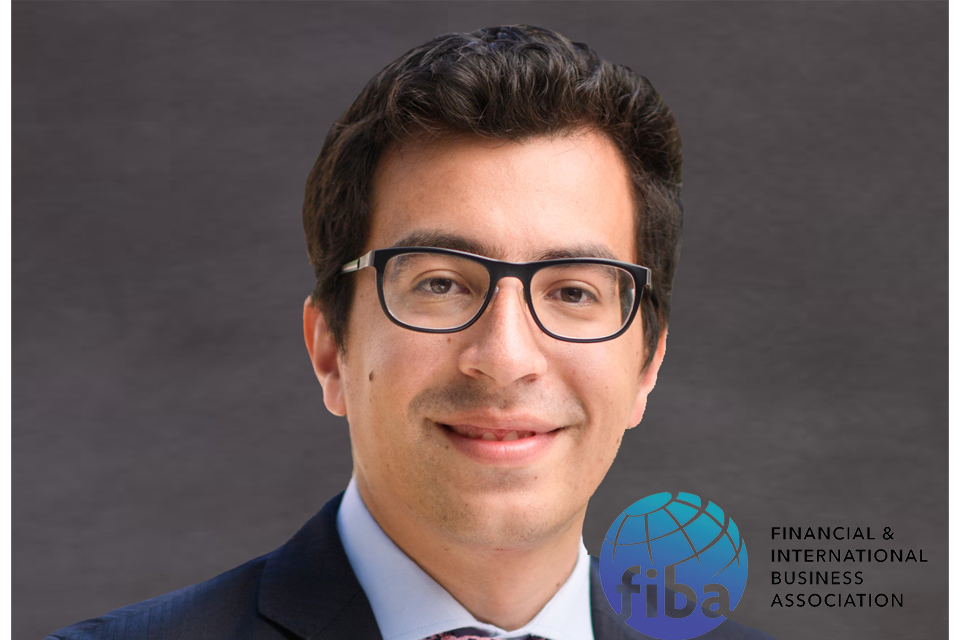






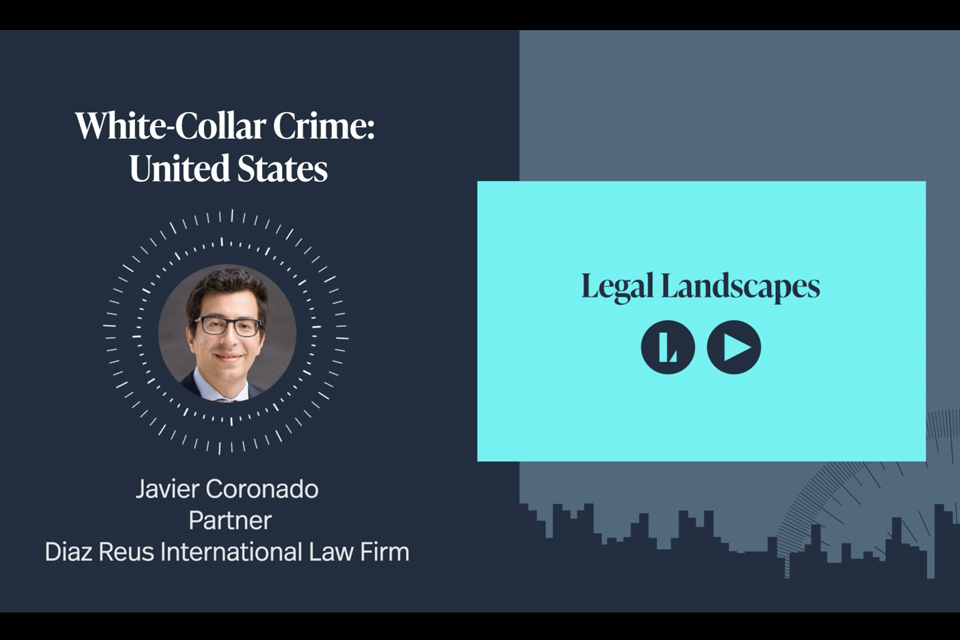


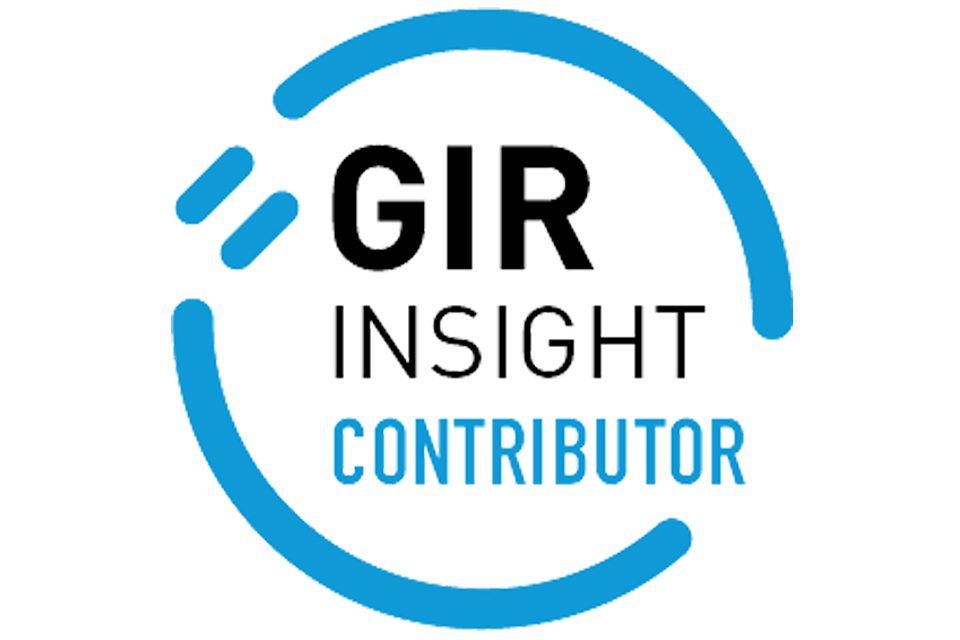
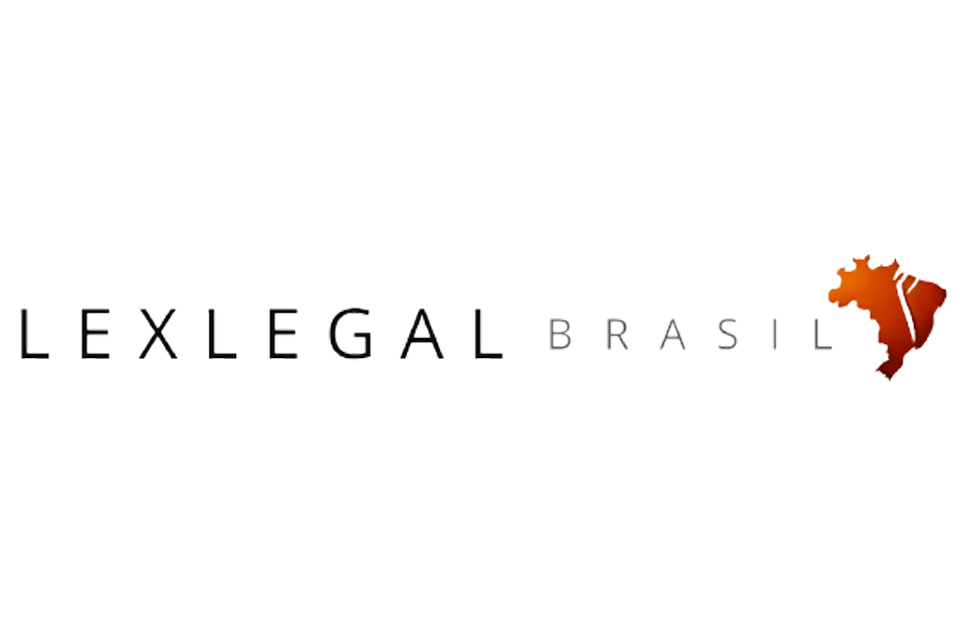


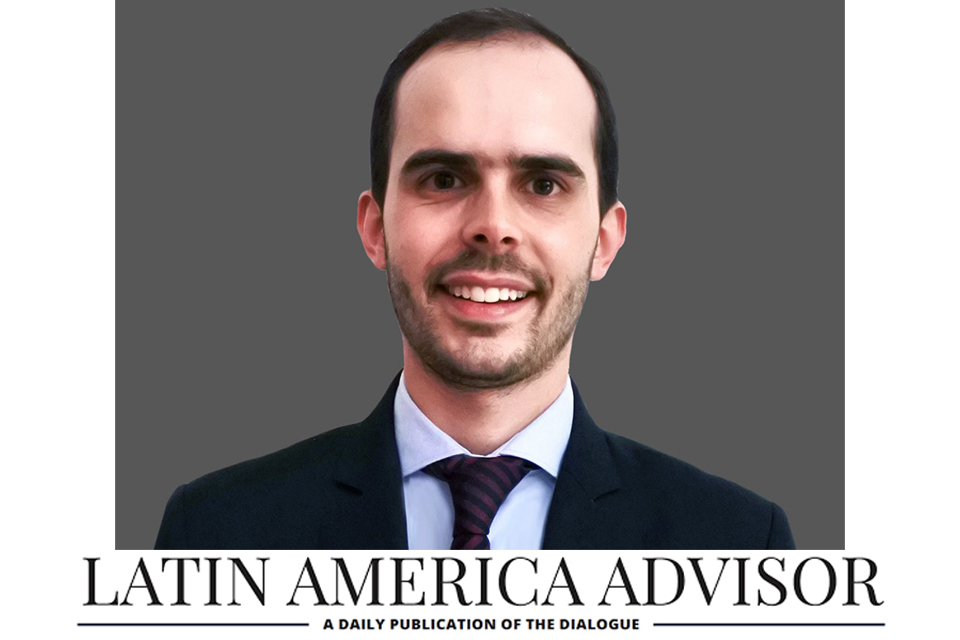
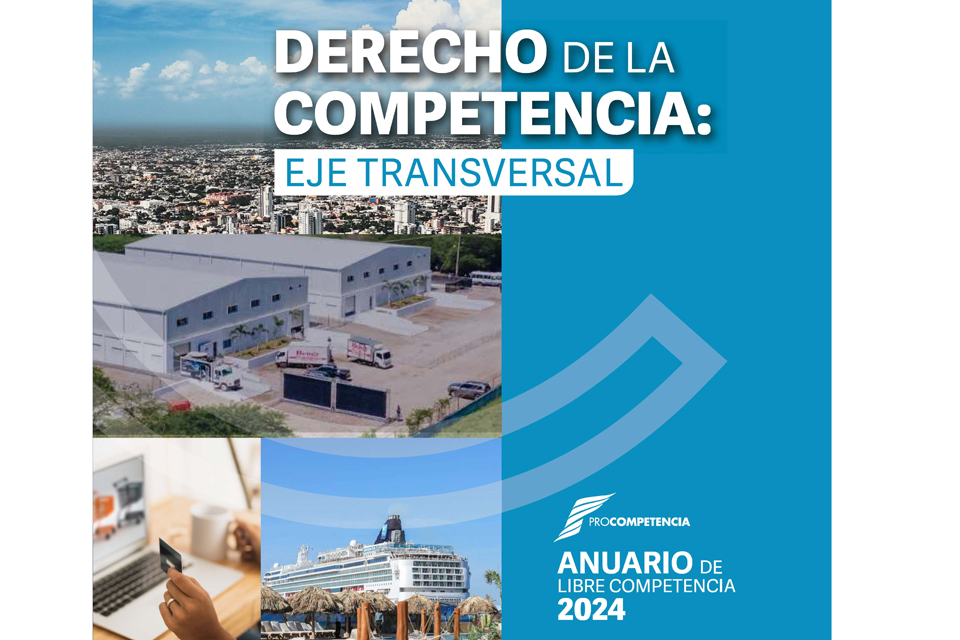
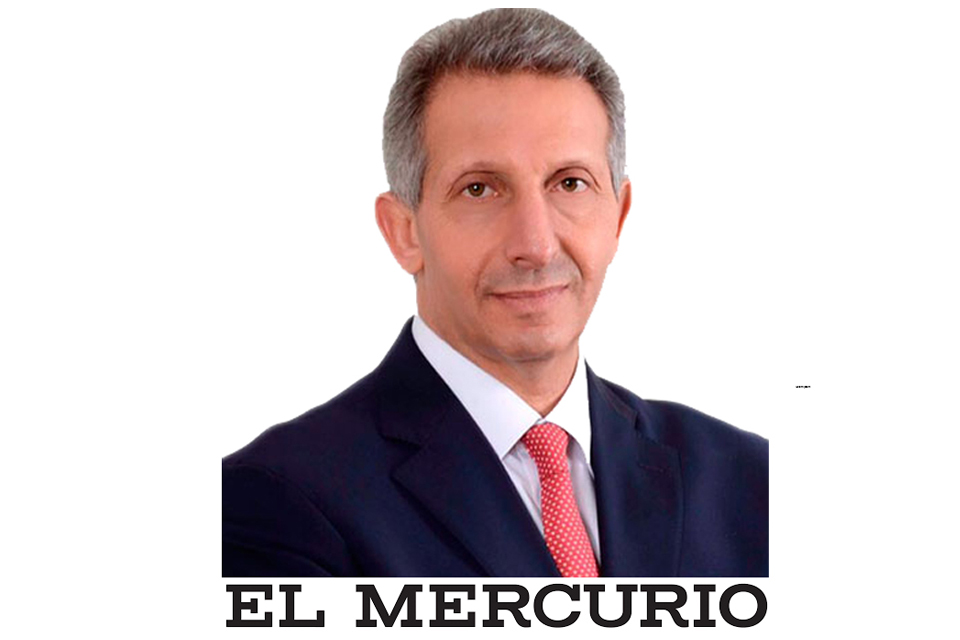
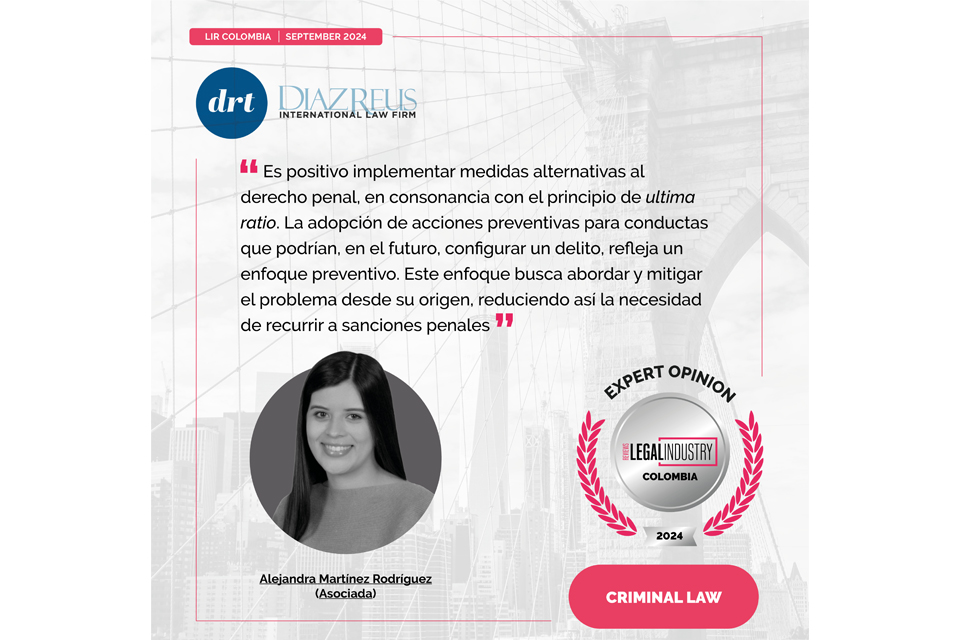

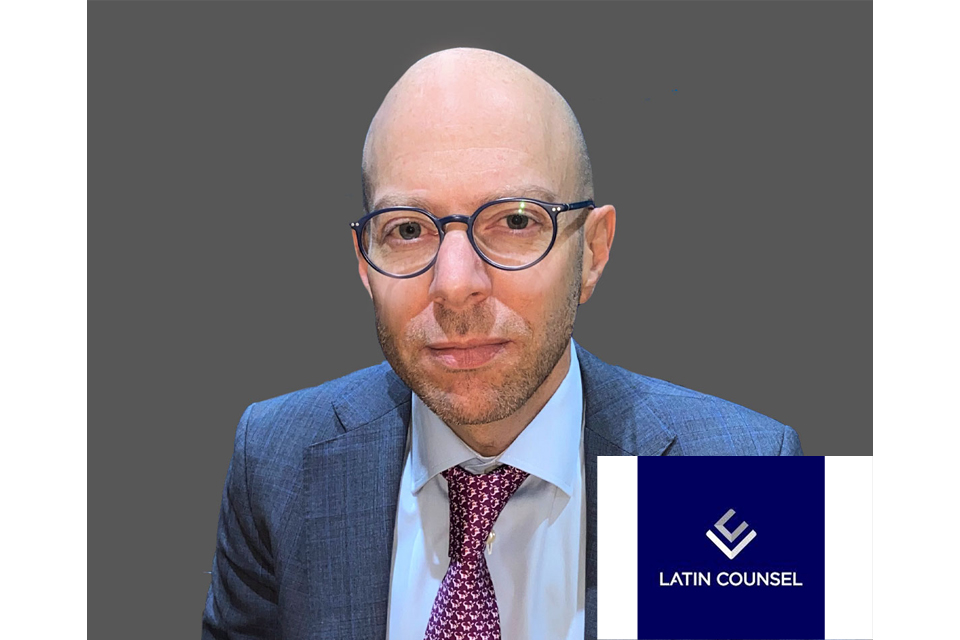

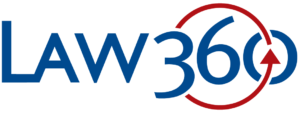
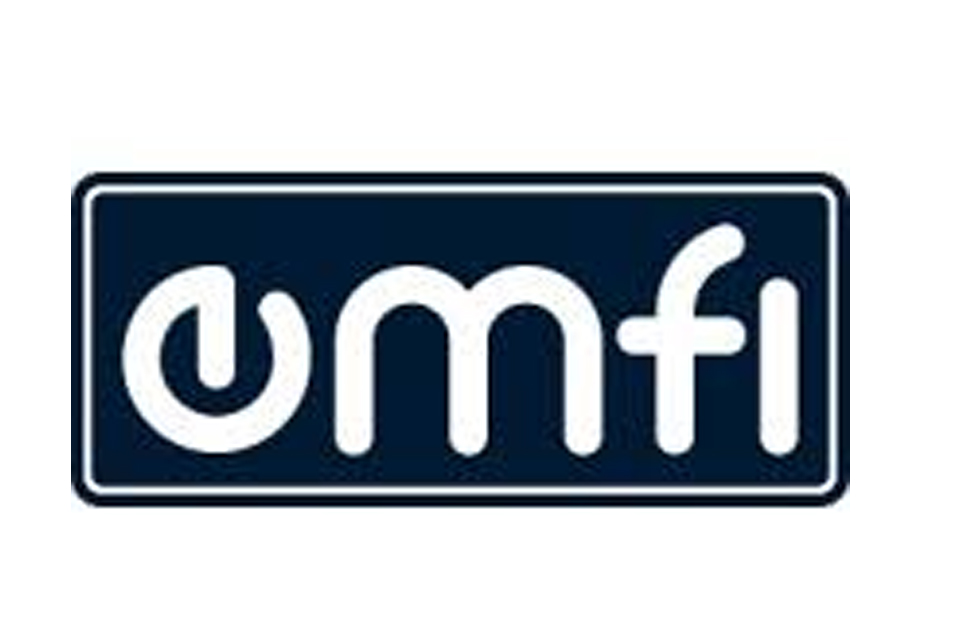
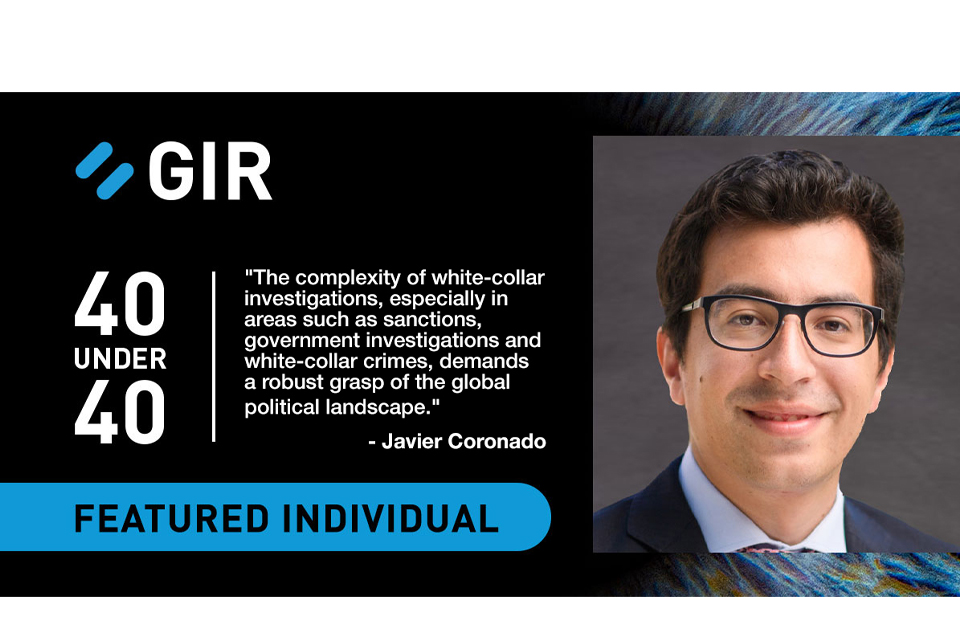
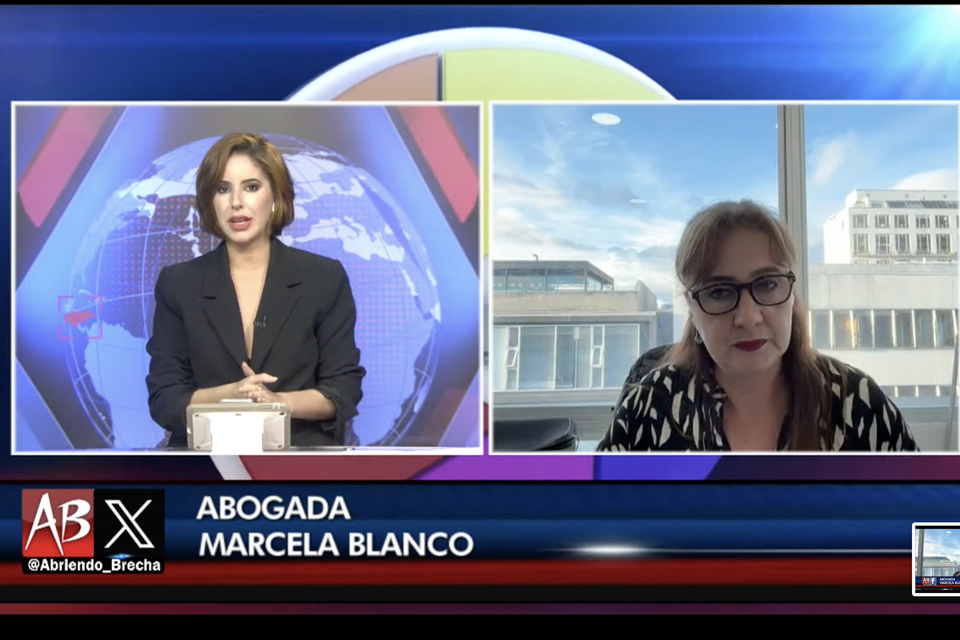




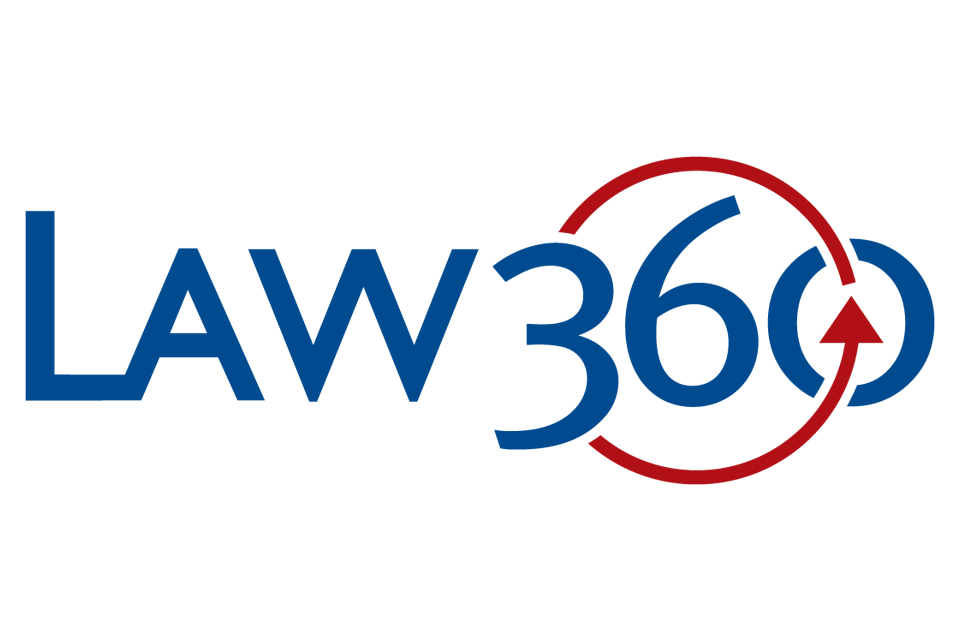
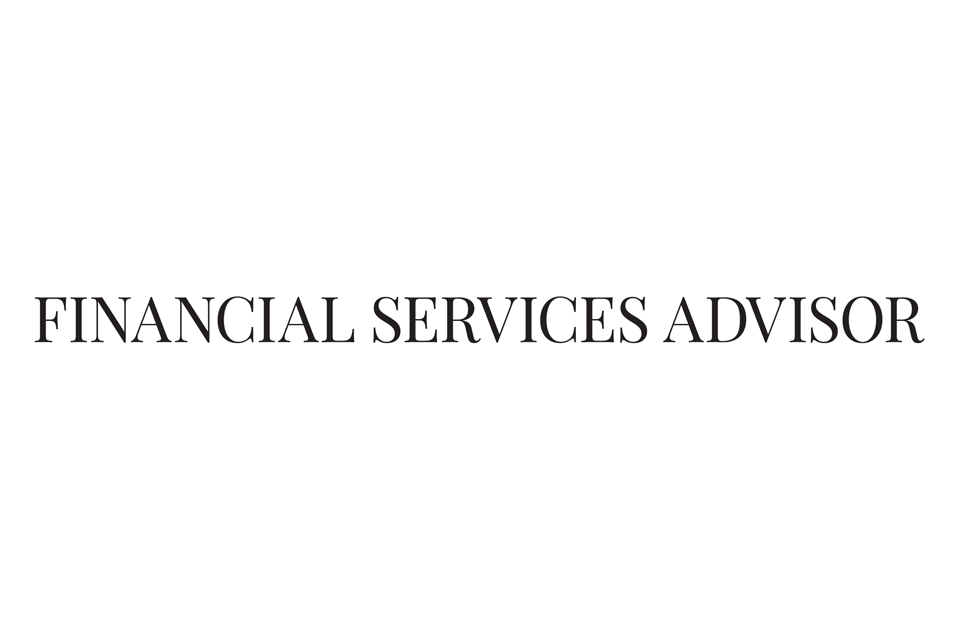







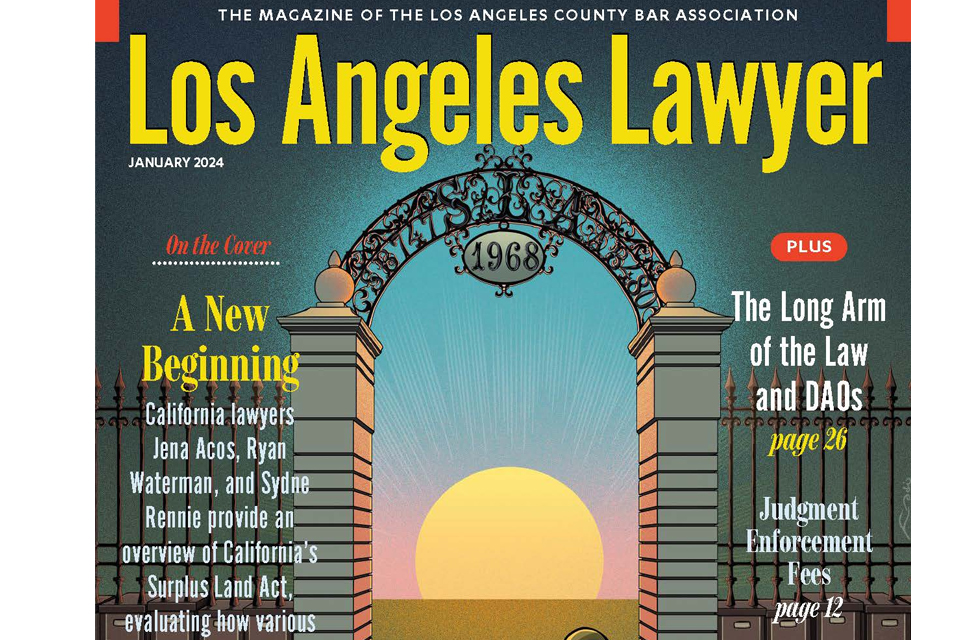





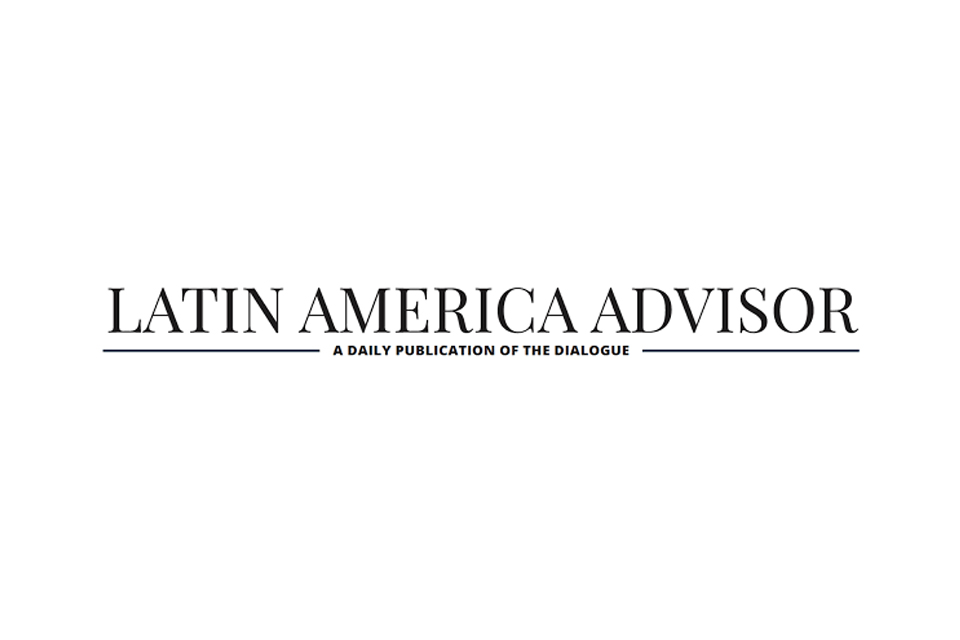











![Especial abogados Salón de la Fama[61] 4](https://diazreus.com/wp-content/uploads/2023/06/Especial-abogados-Salon-de-la-Fama61-4-pdf.jpg)





